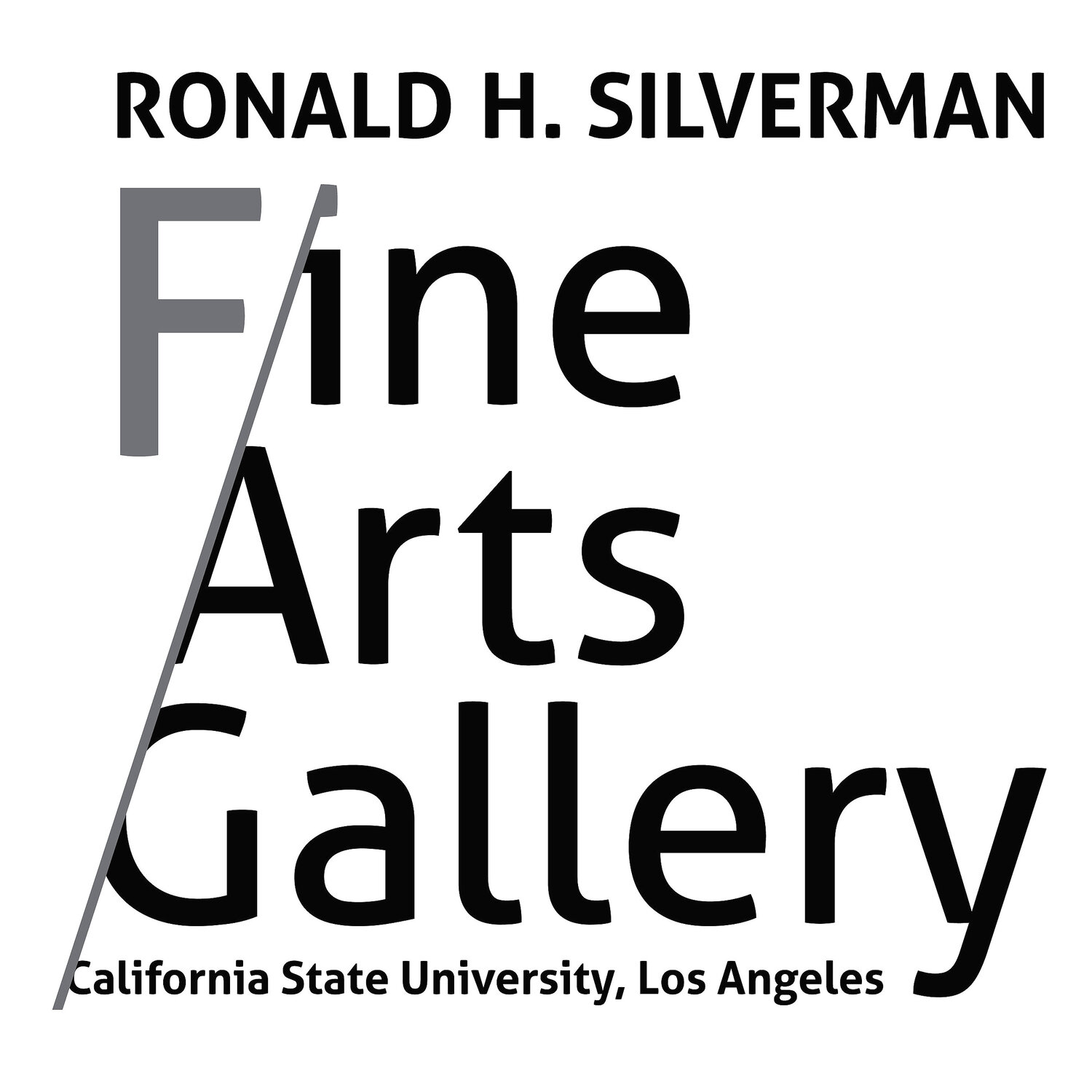“REPLICATION”
By David B. Jang, Curated by Cynthia Penna
Exhibition Dates: August 19th - October 22nd, 2021
Reception: September 18, 2021 (12PM - 5PM)
Artist & Curator Discussion: September 25th, 2021 (11AM - 12PM via Zoom)
Exhibition Q&A: October 16th, 2021 (11AM - 12PM via Zoom)
Exhibition Visitor Guide
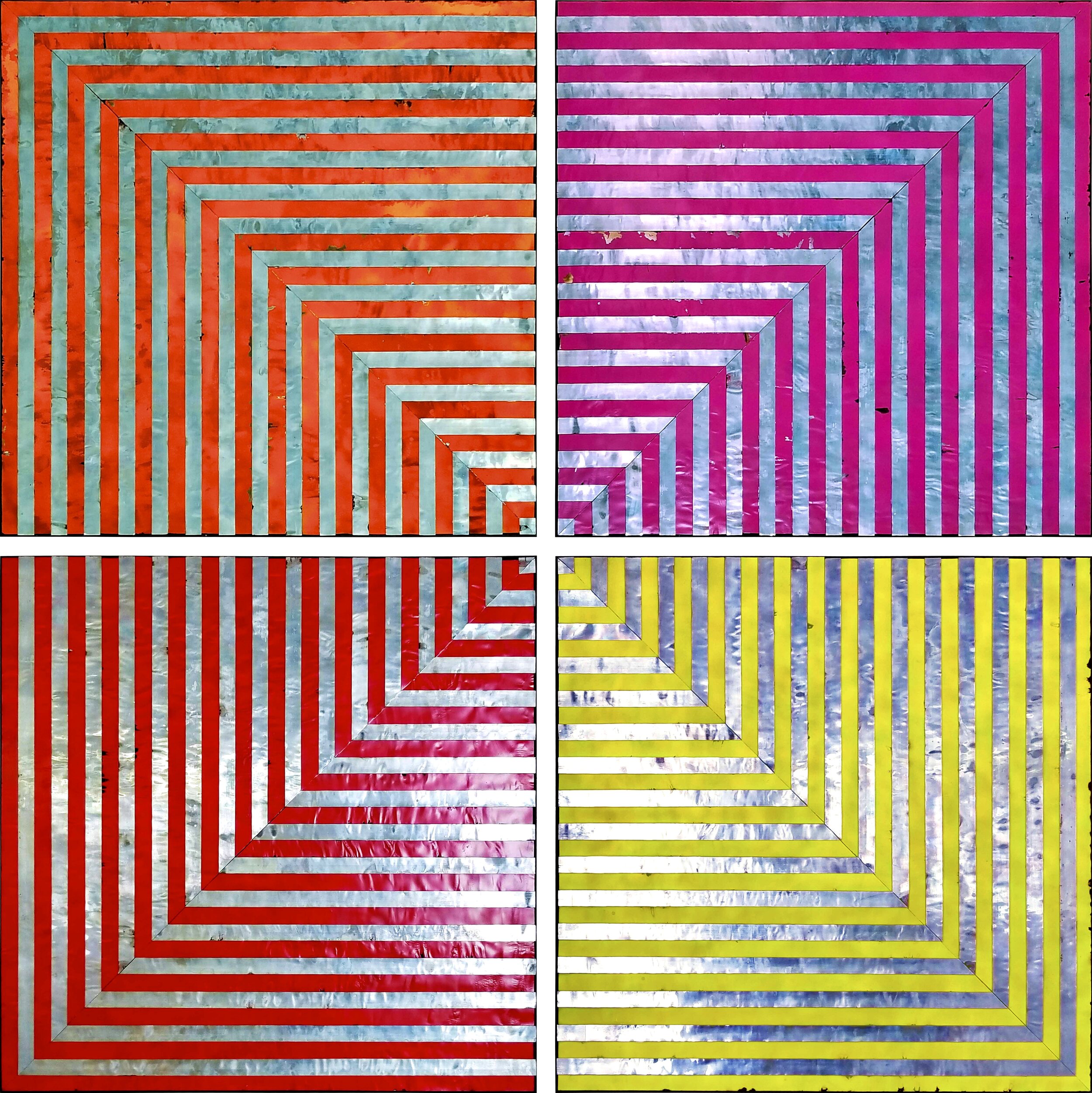
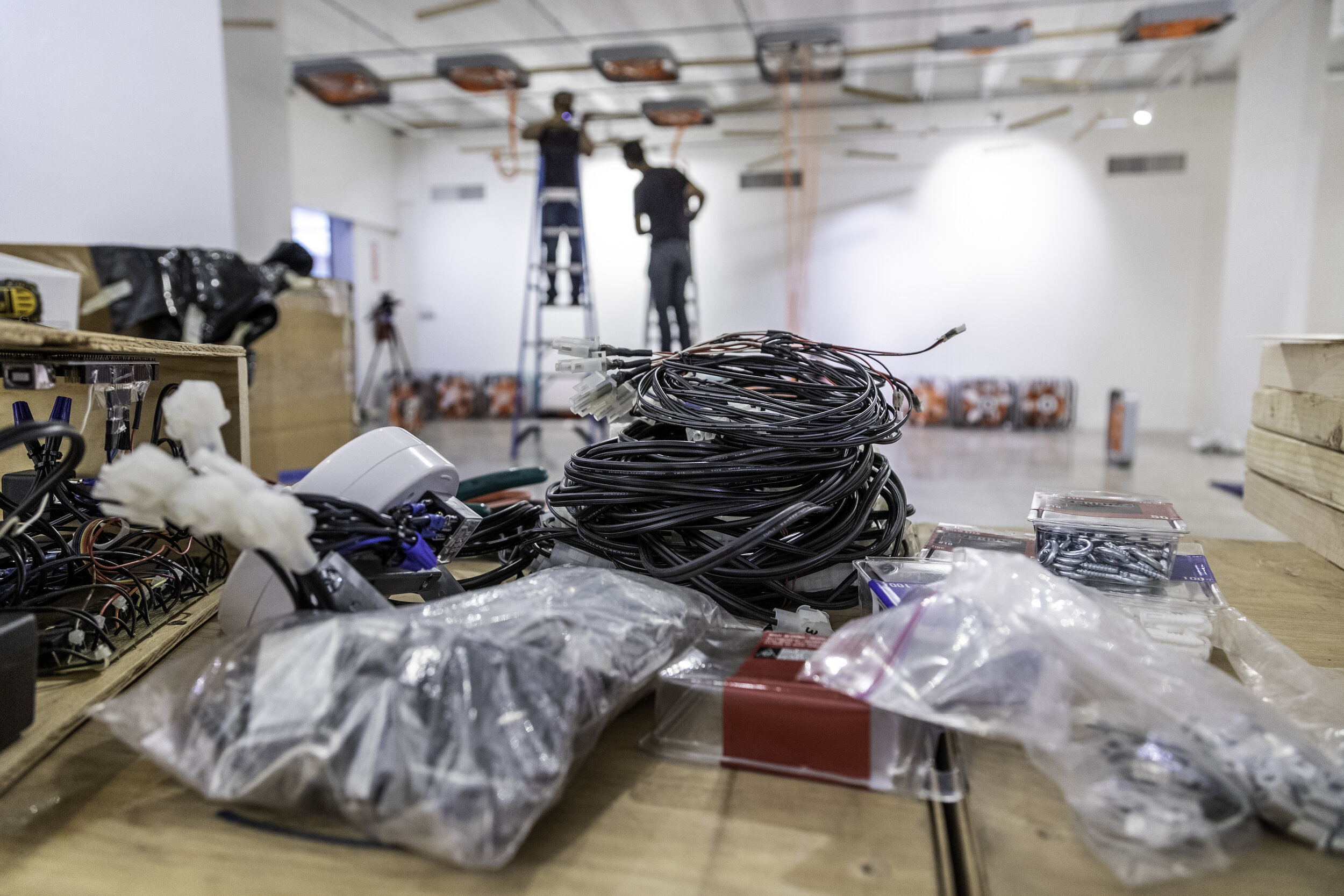

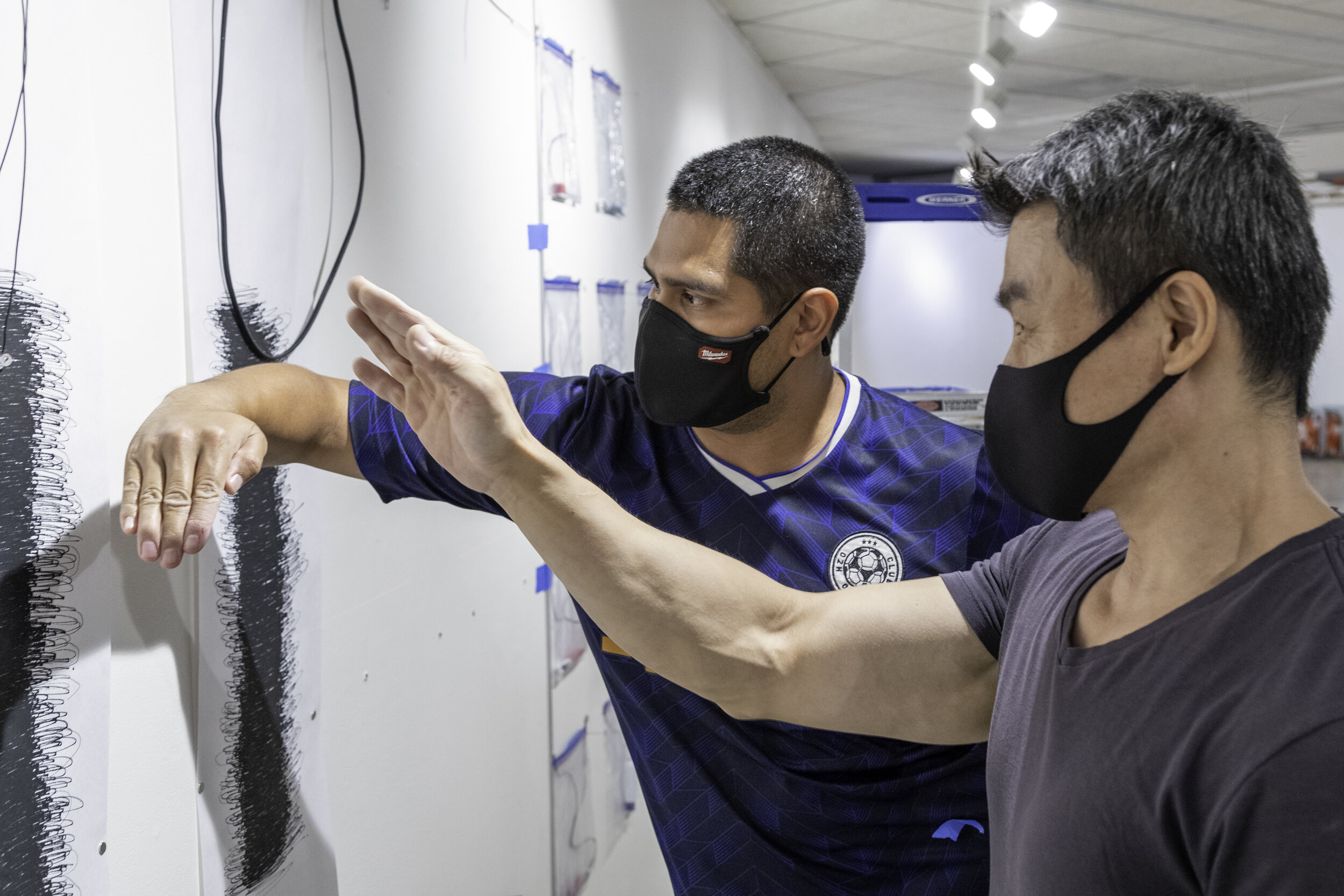


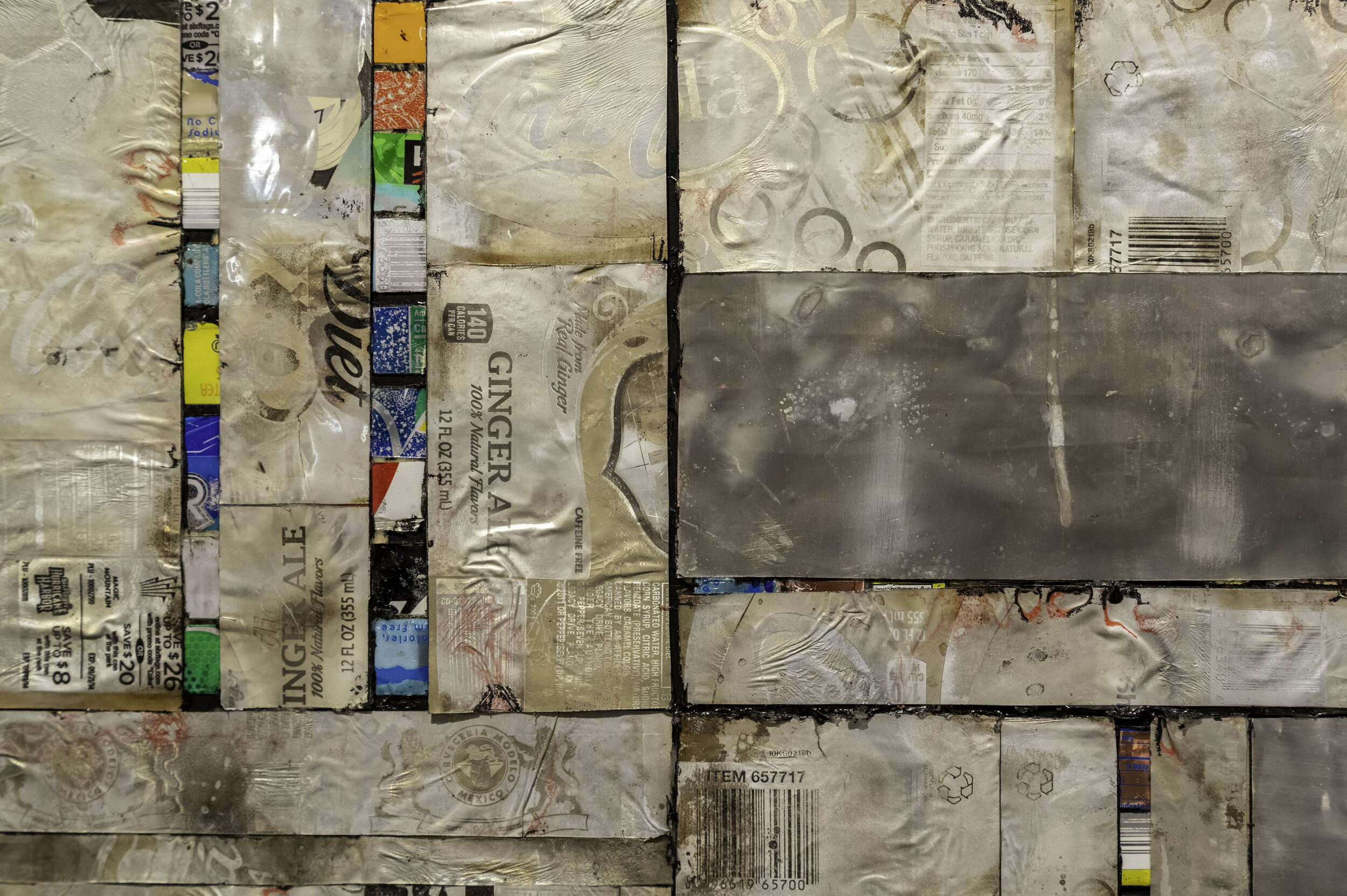
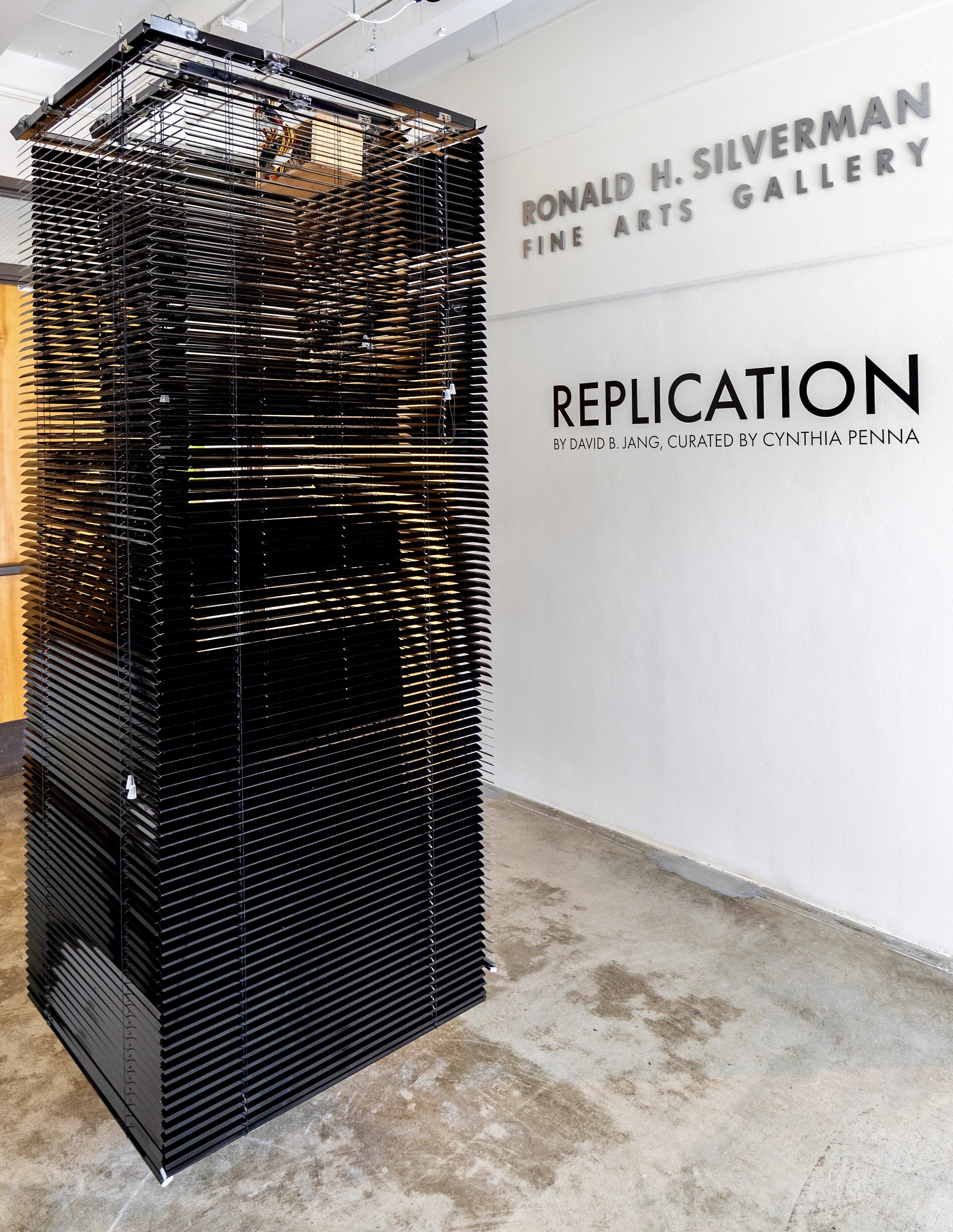

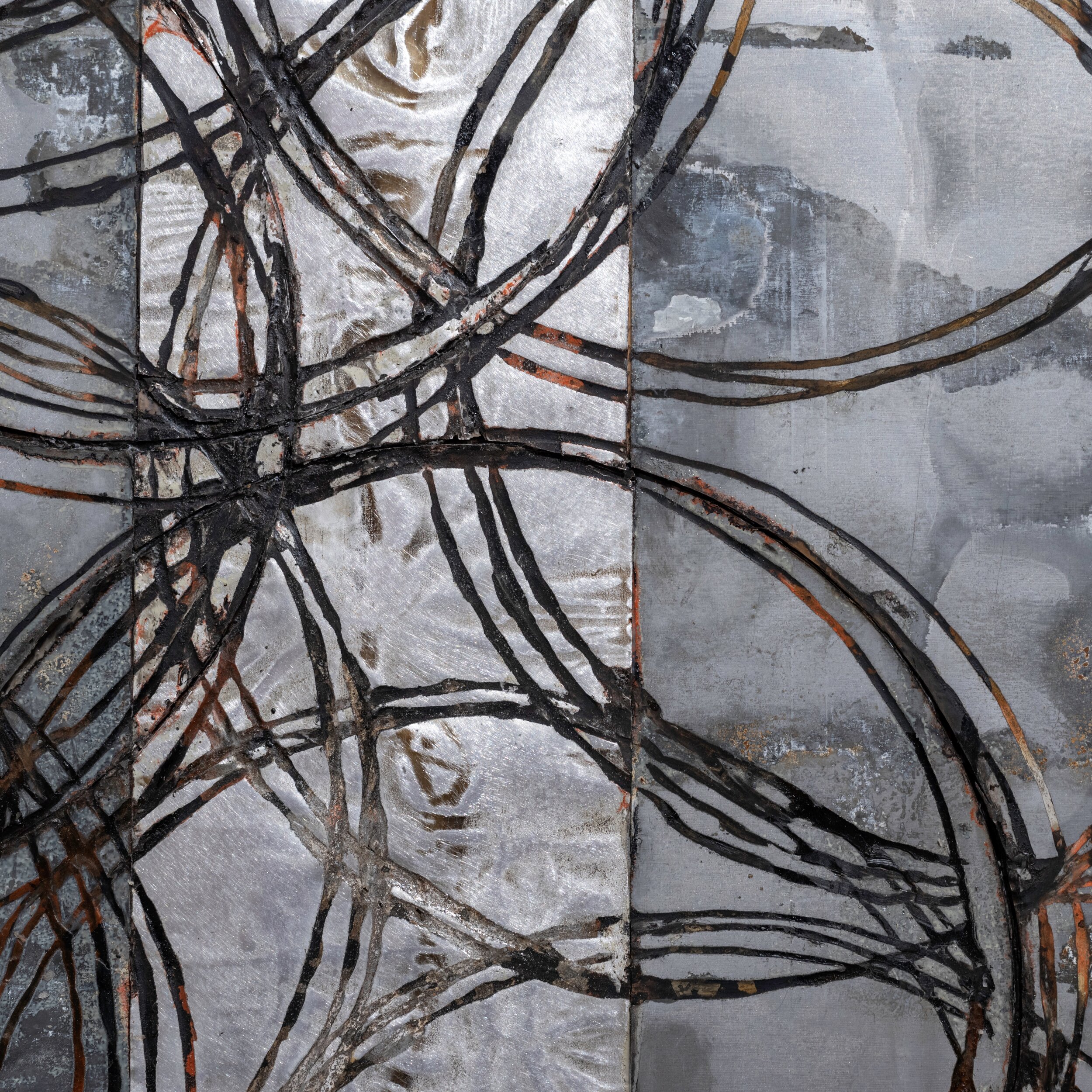
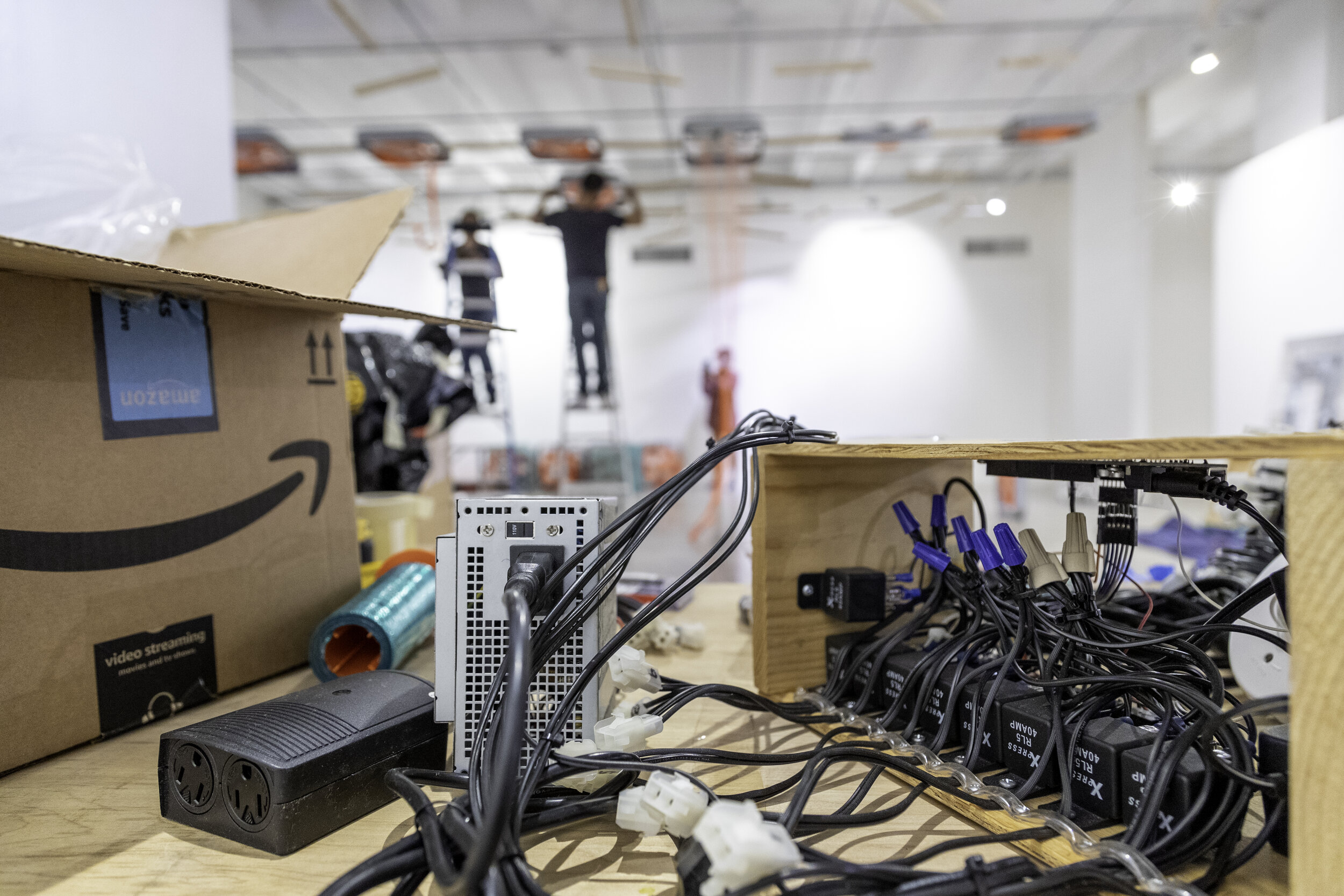
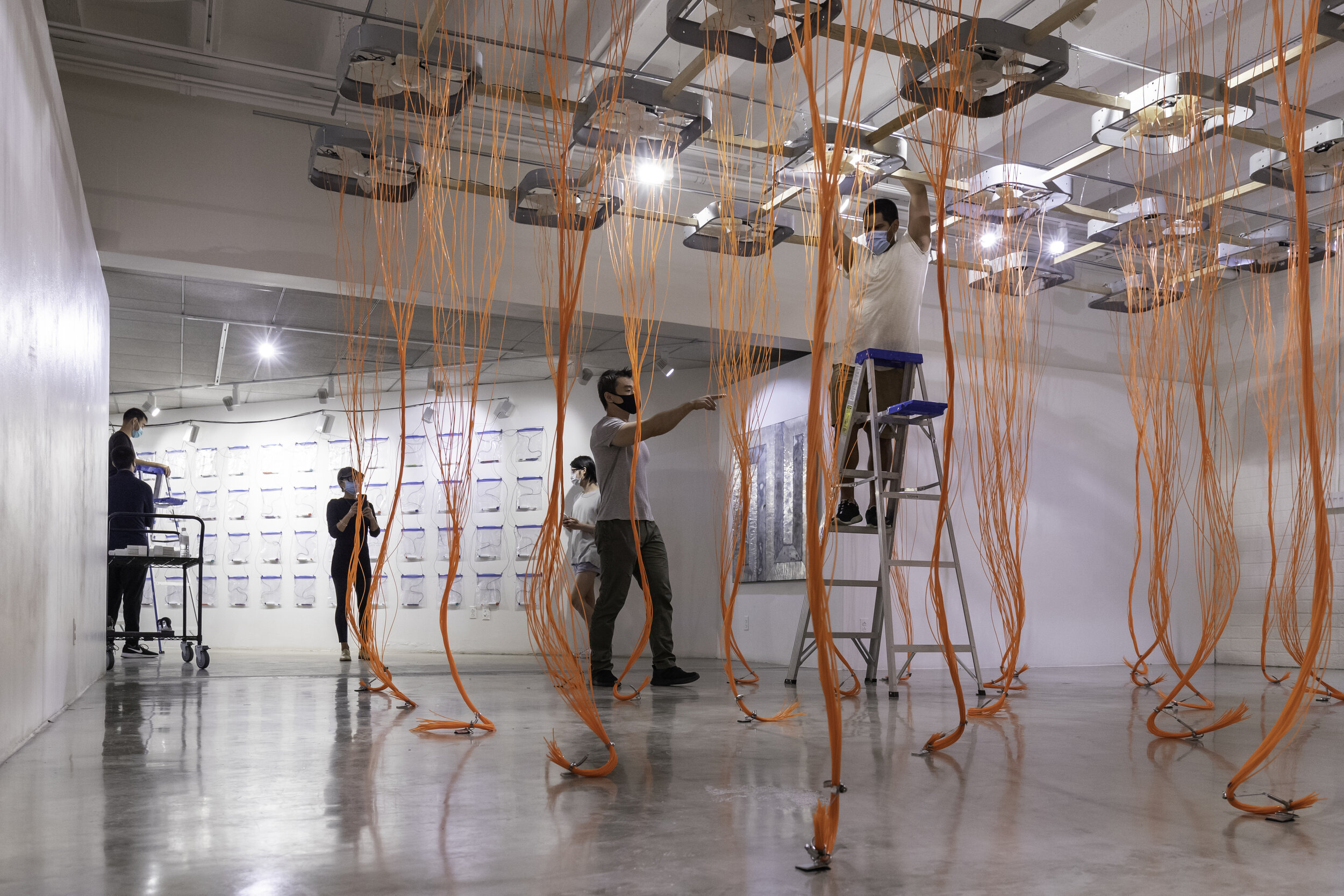
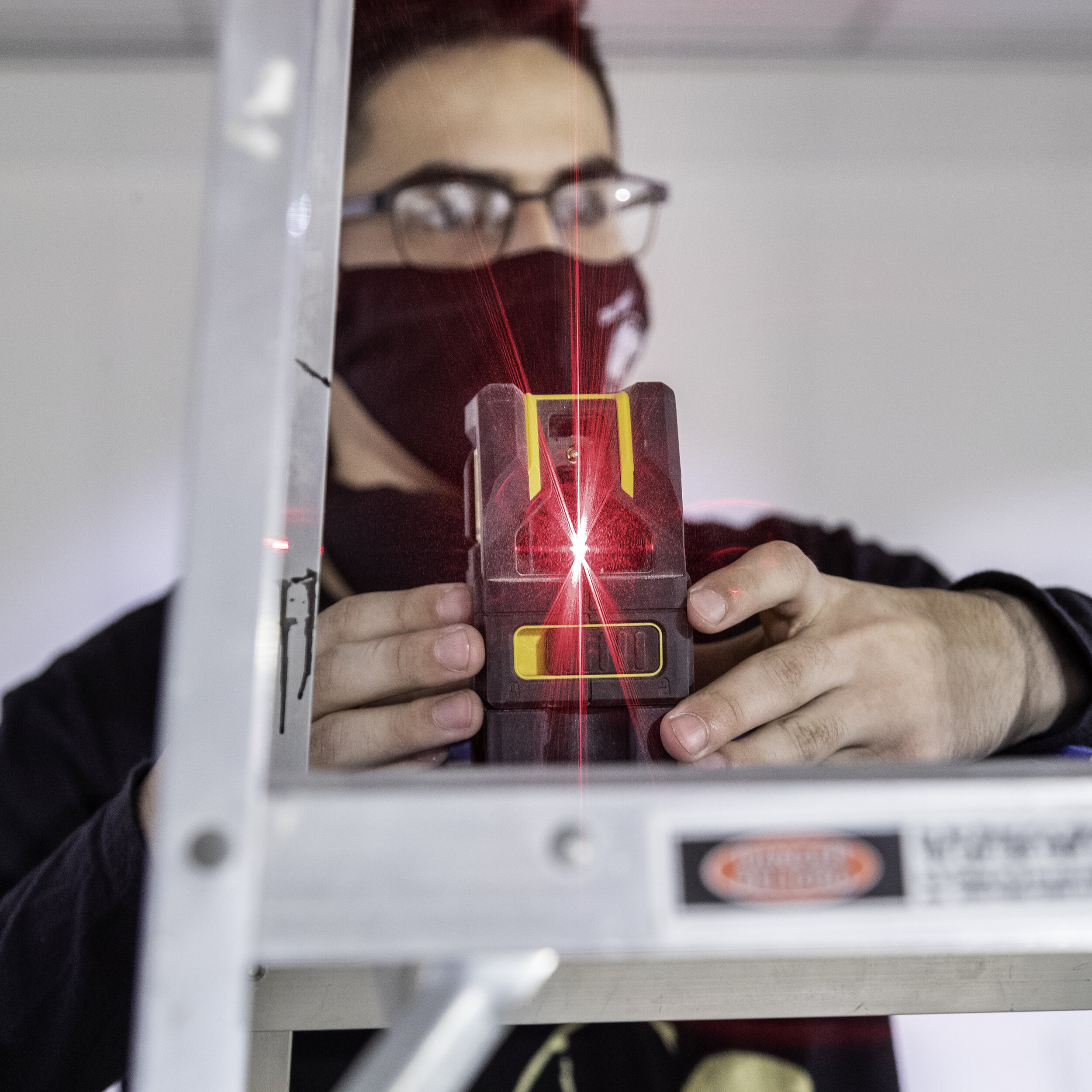
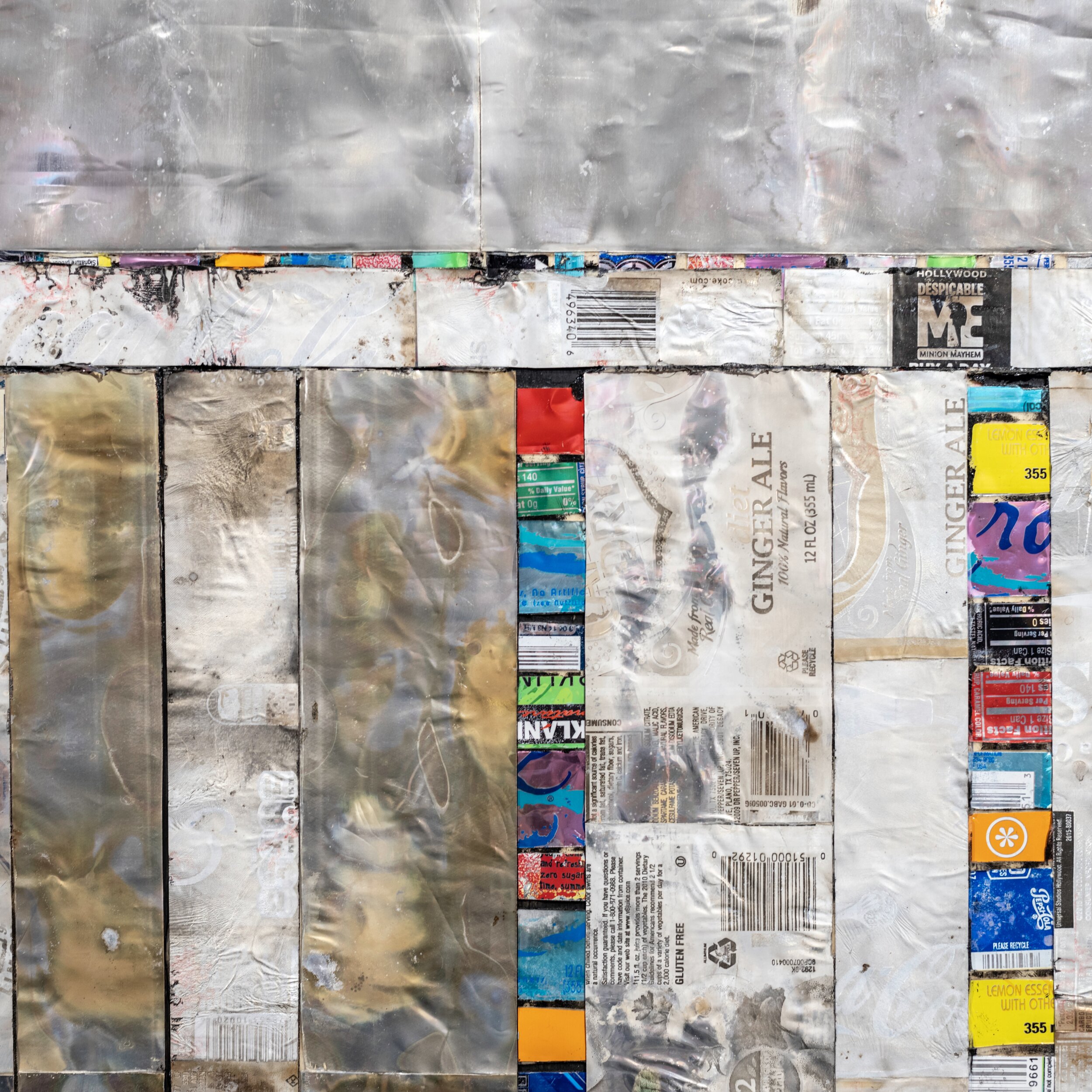
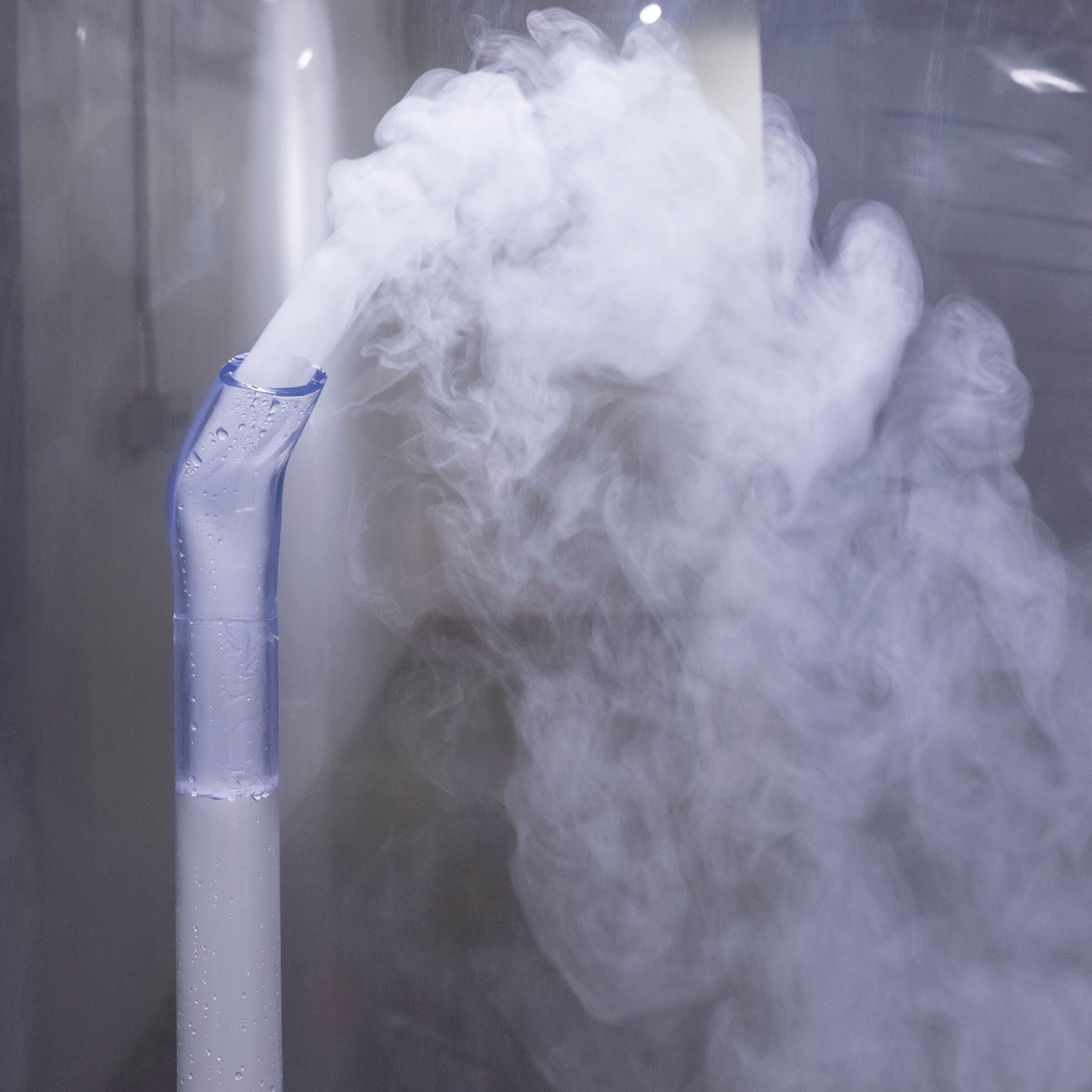
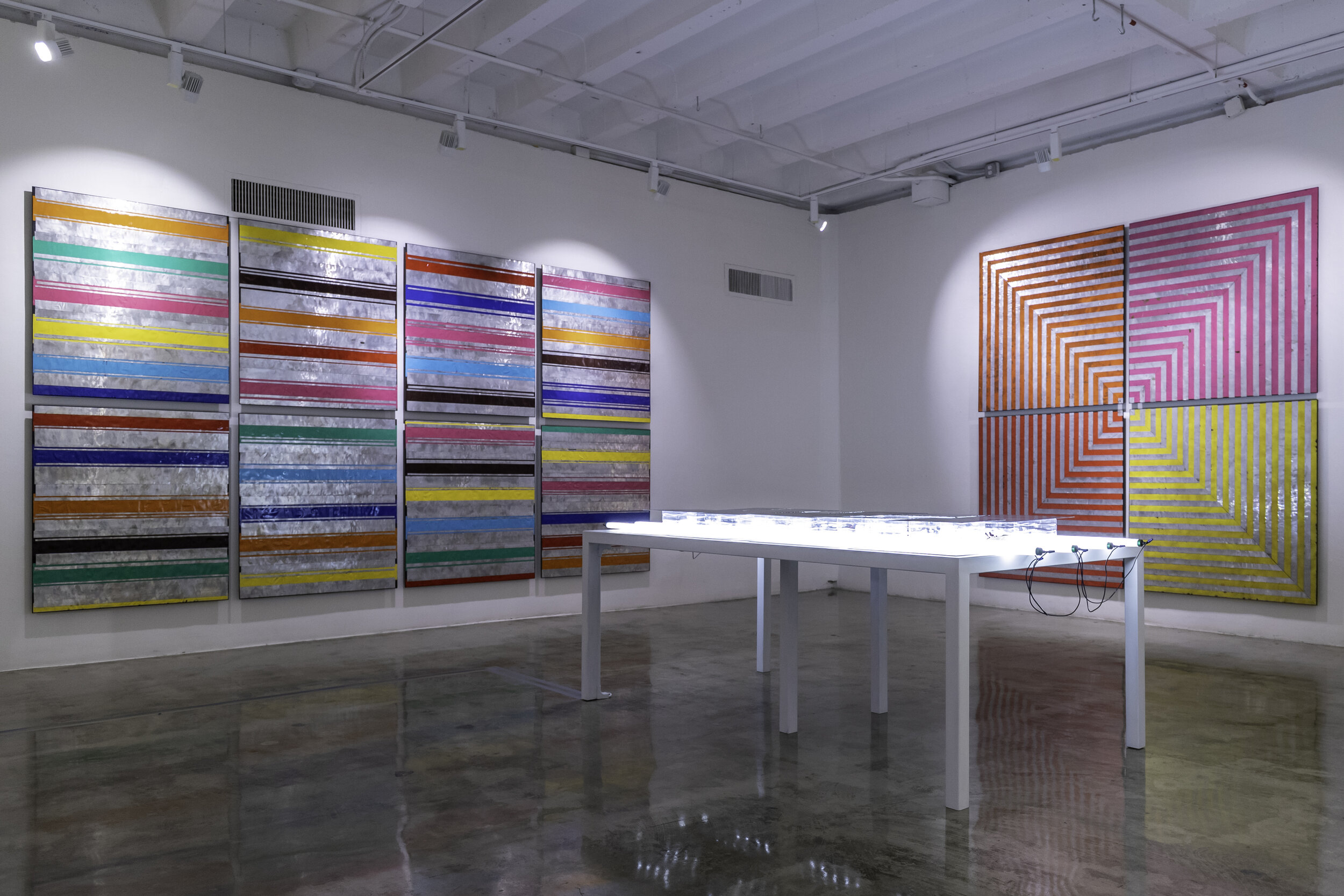
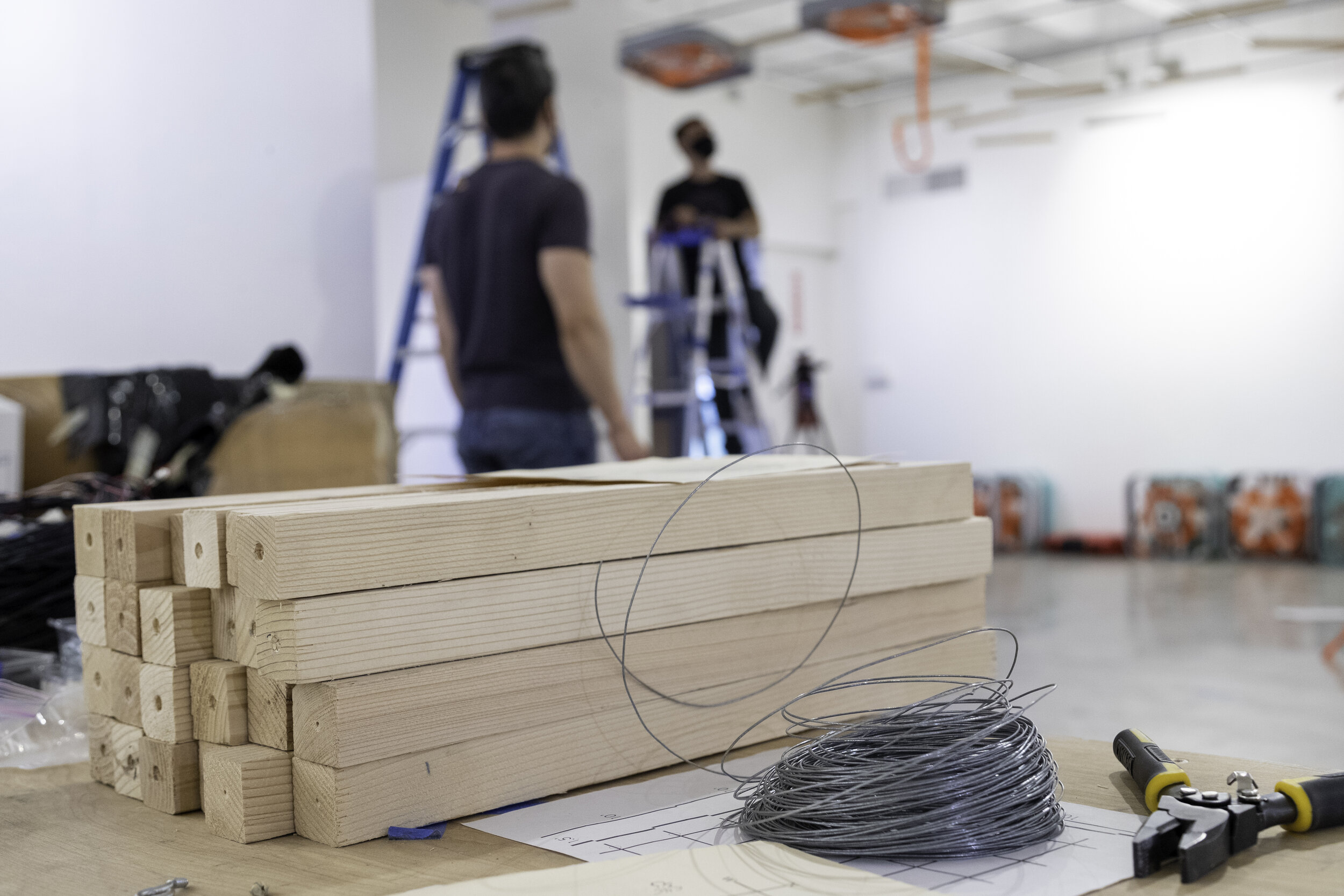
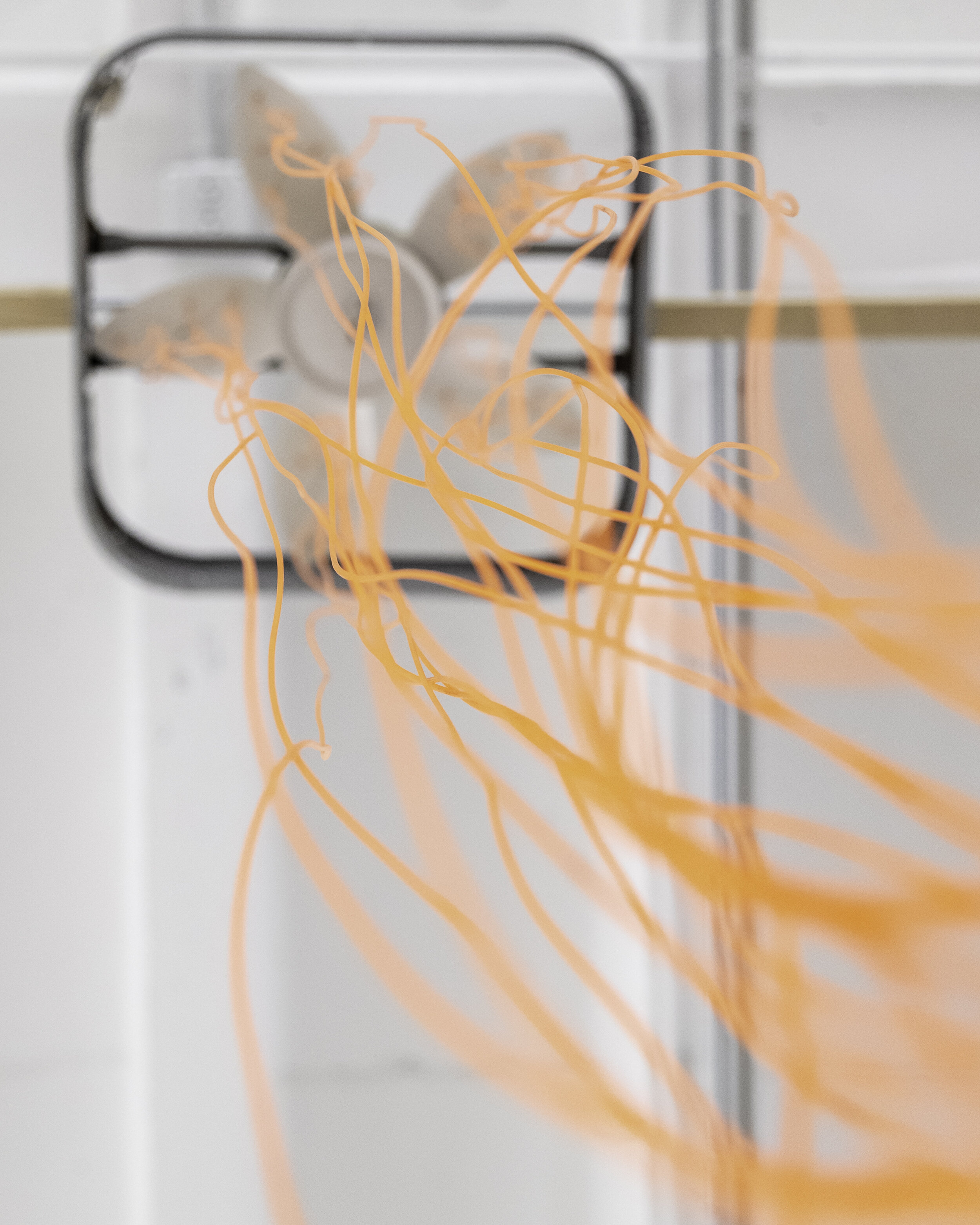
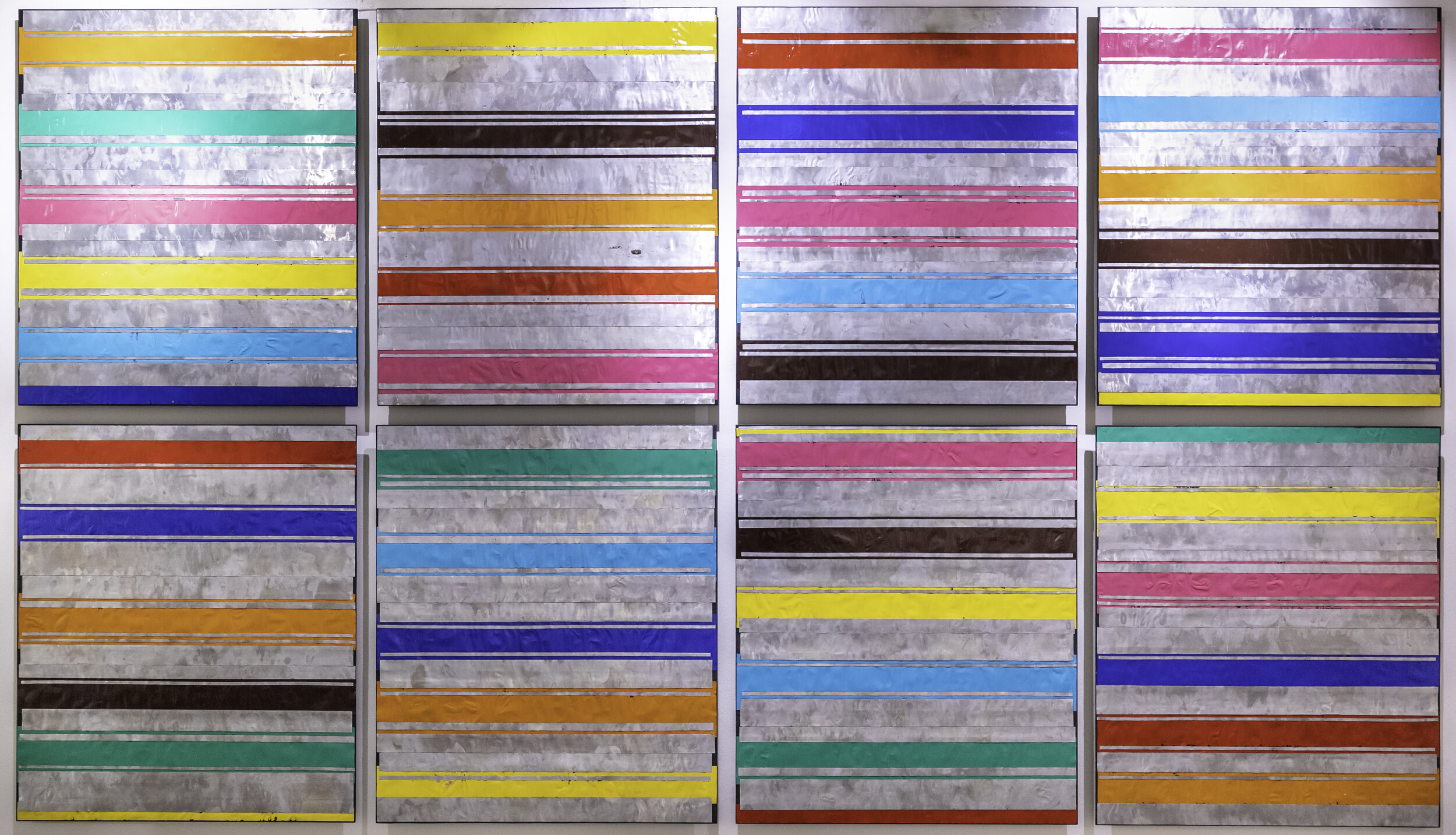
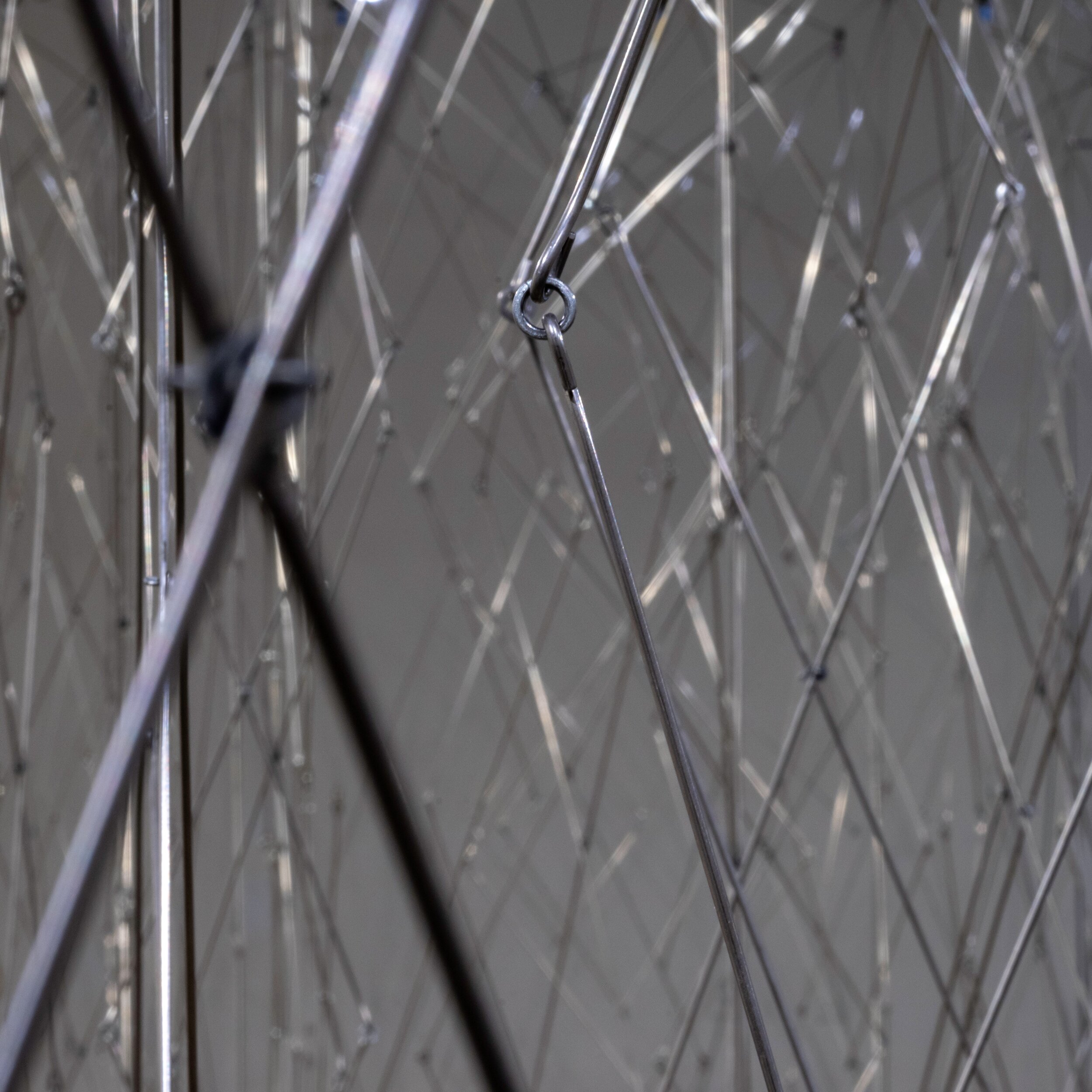
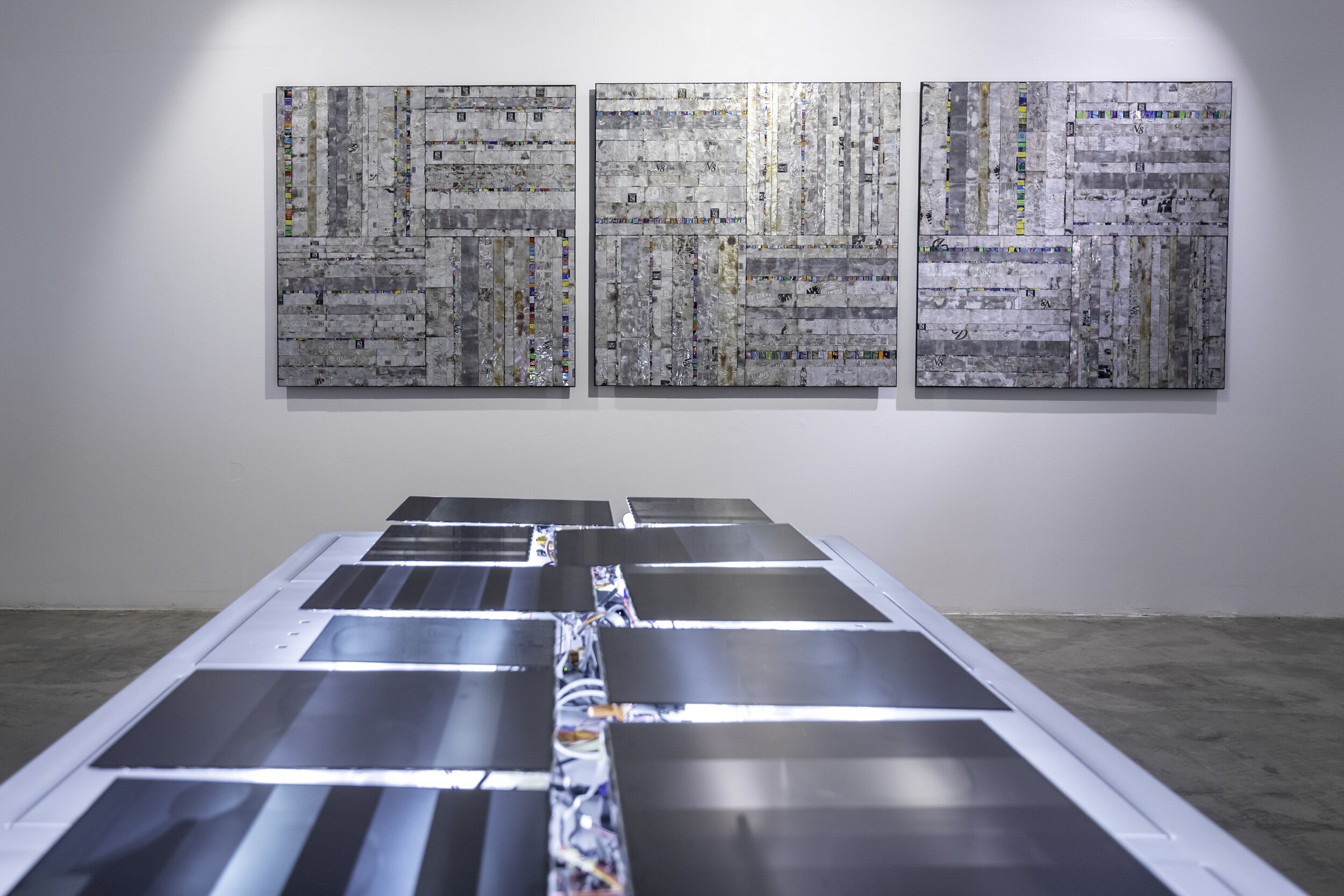
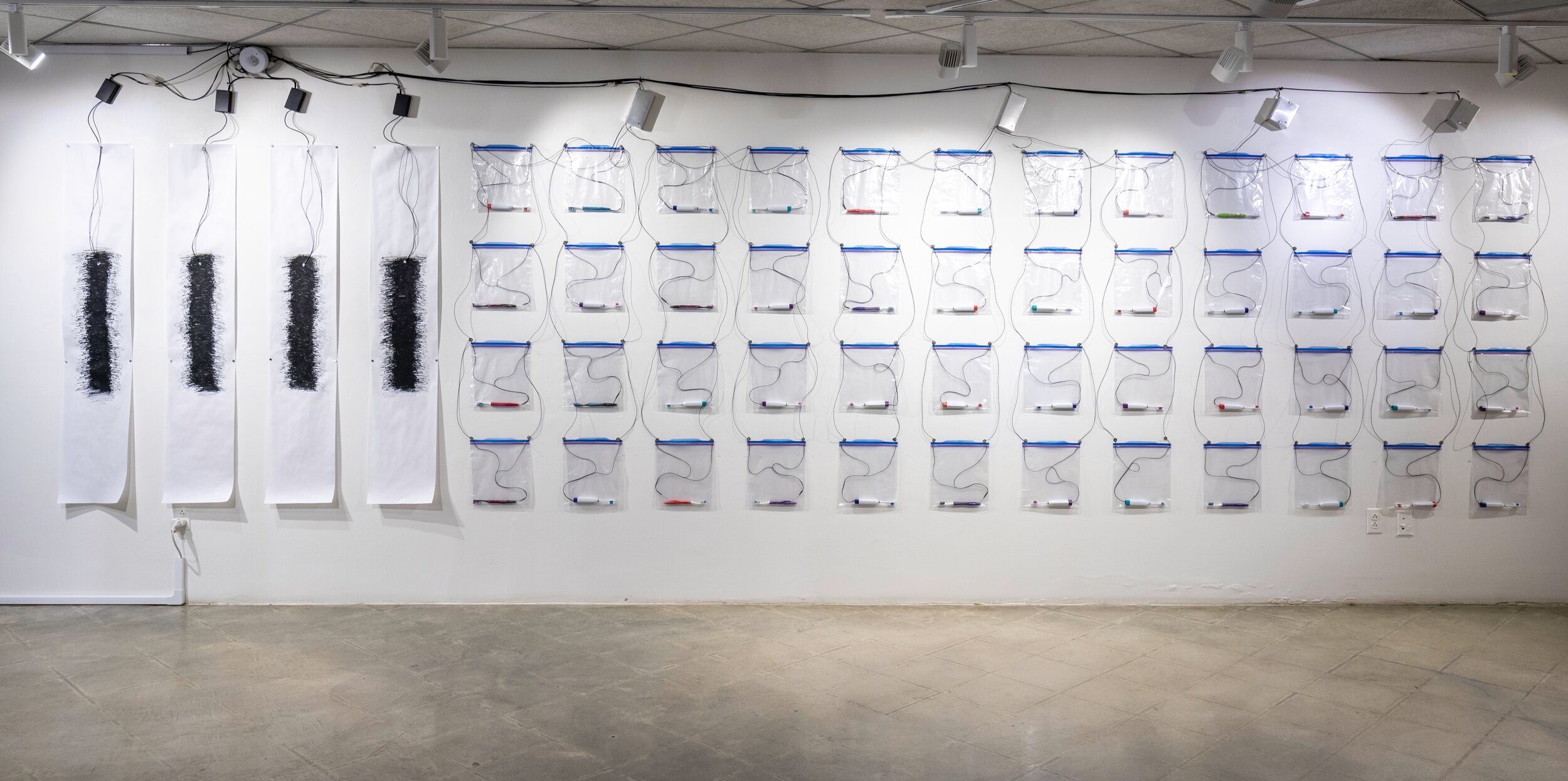
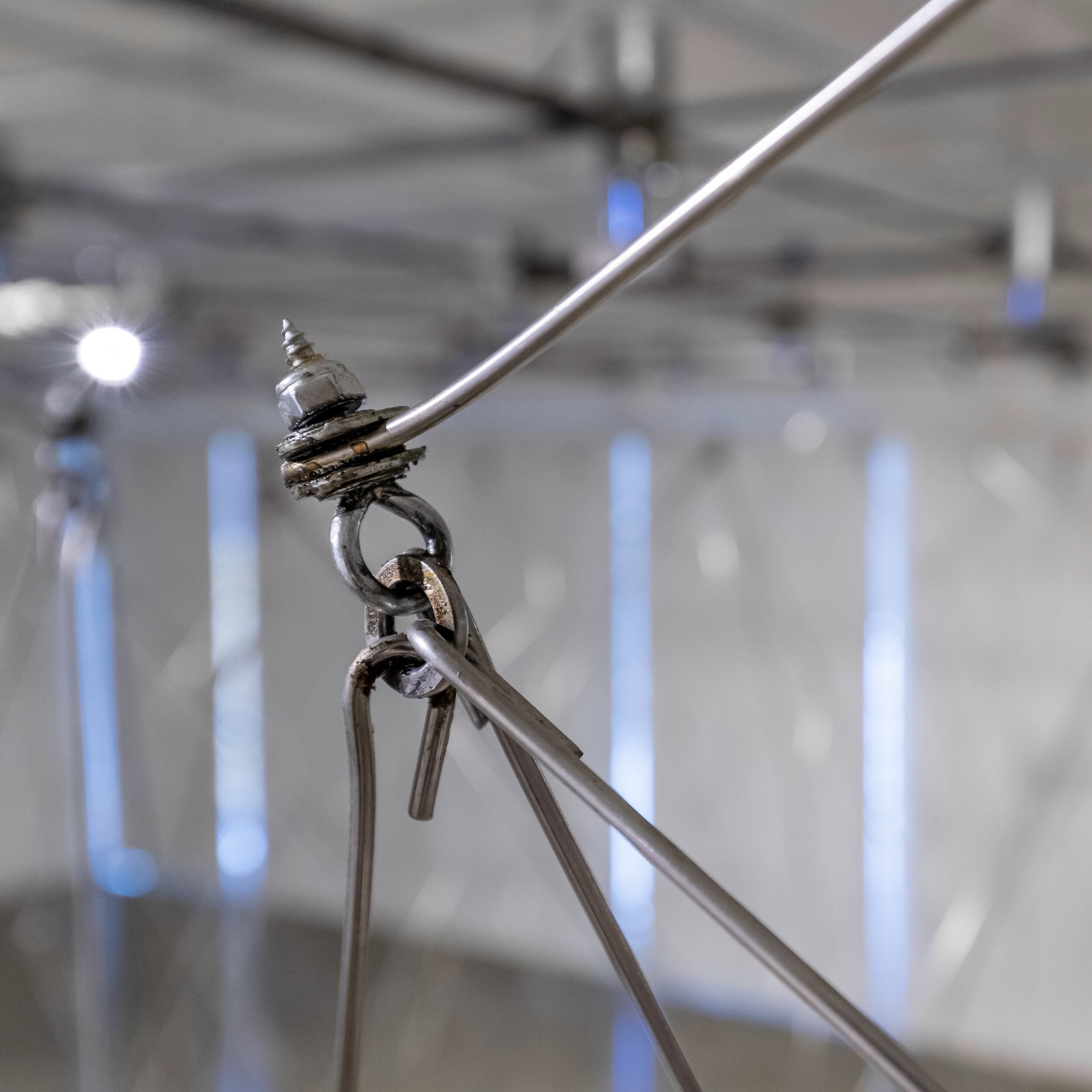
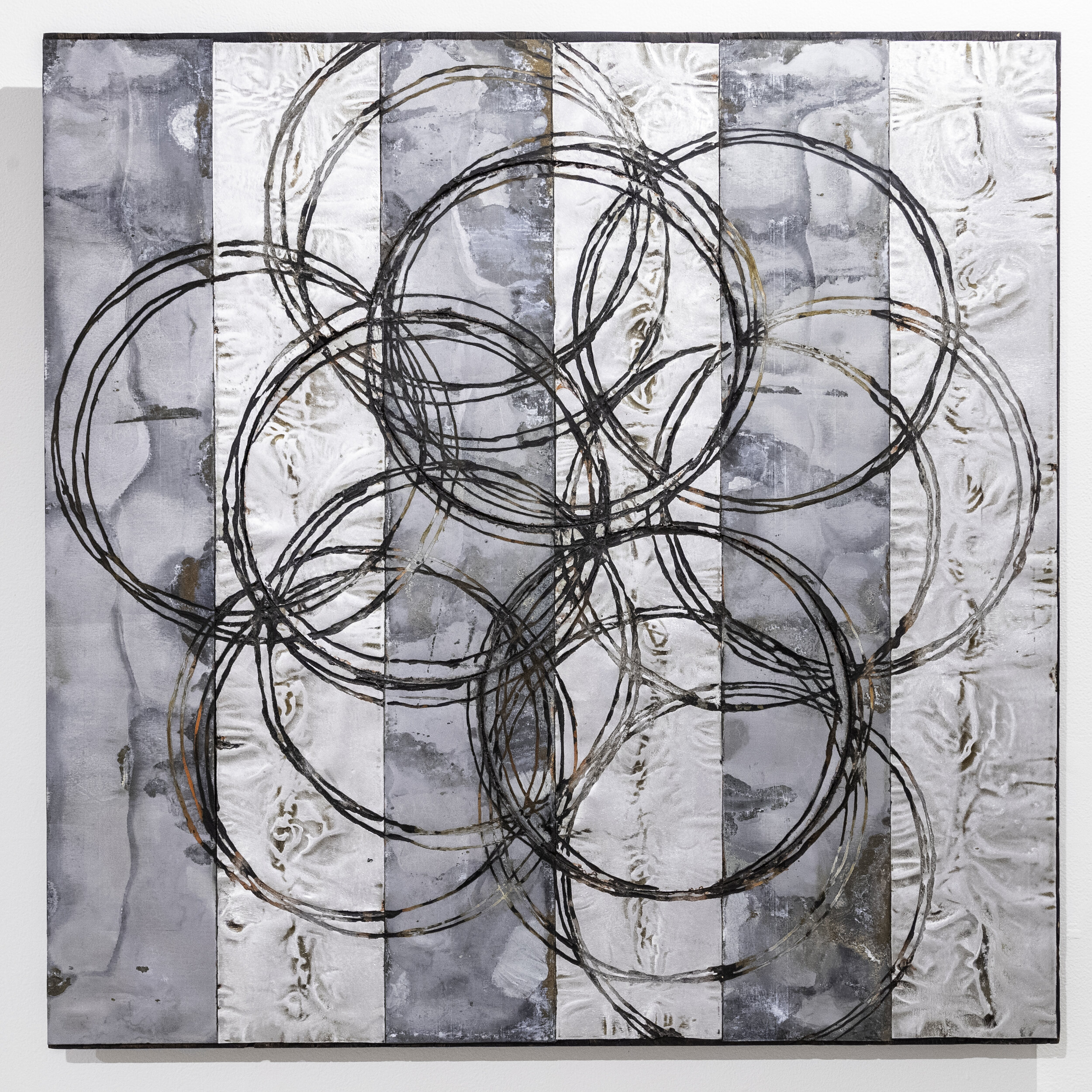
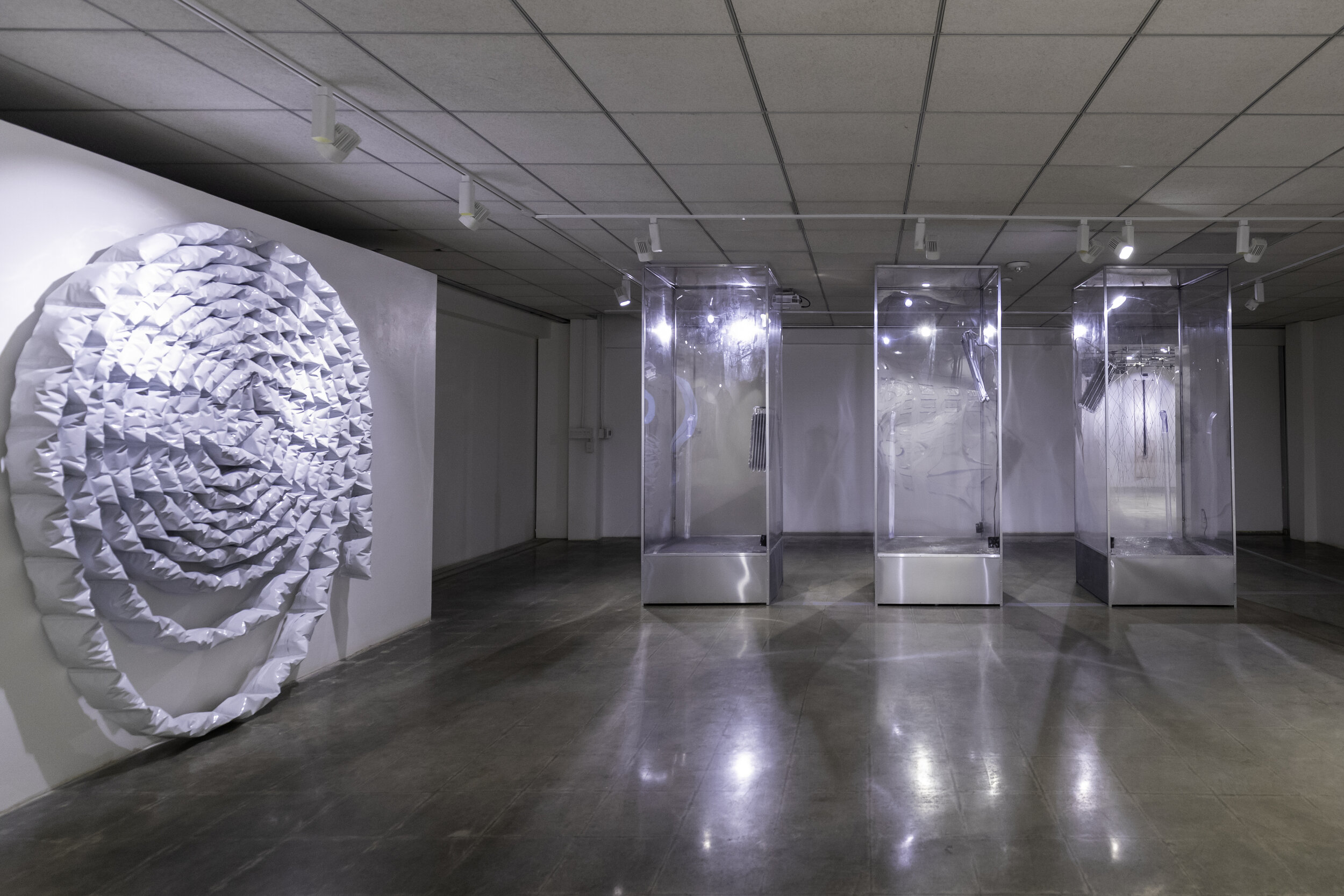
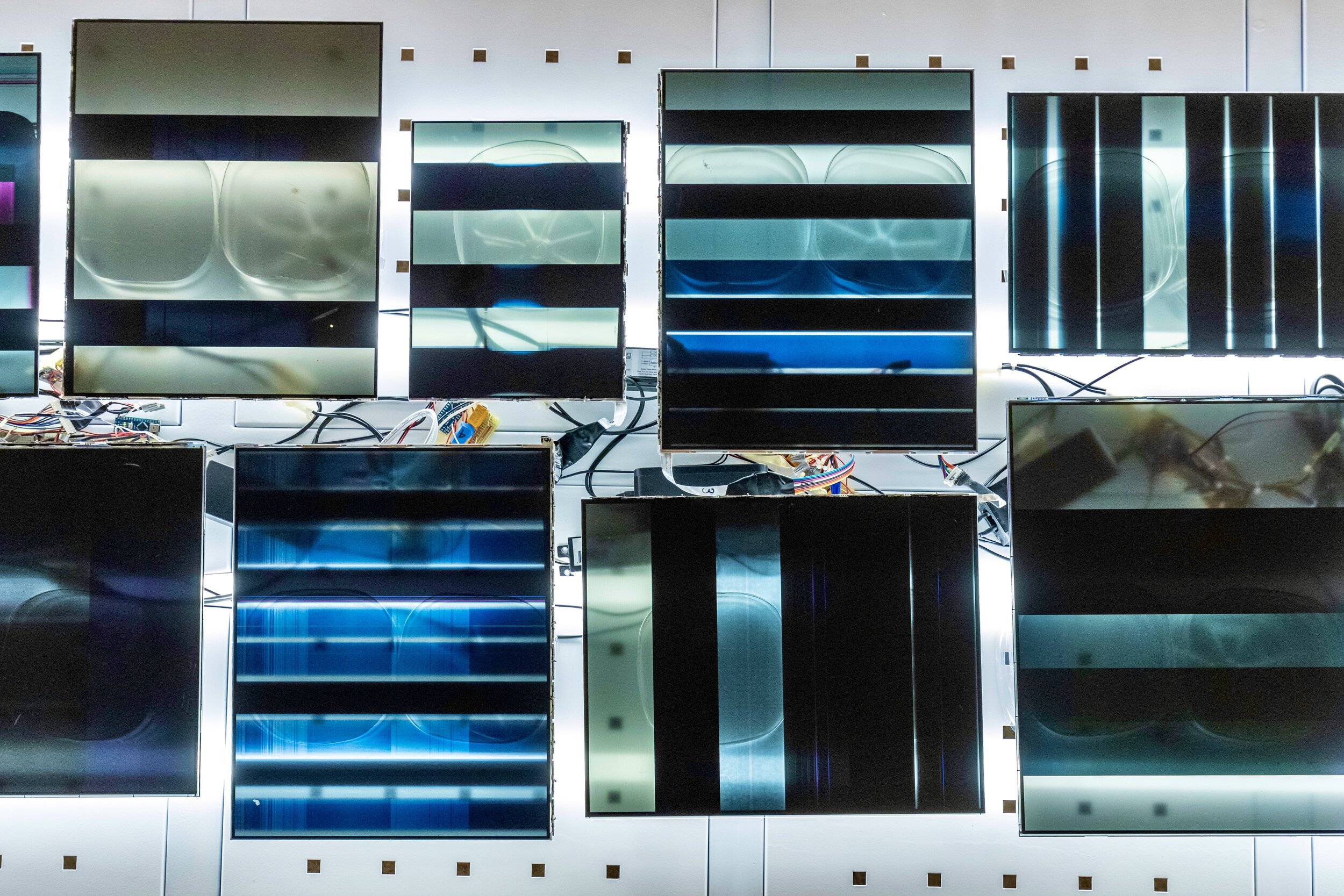
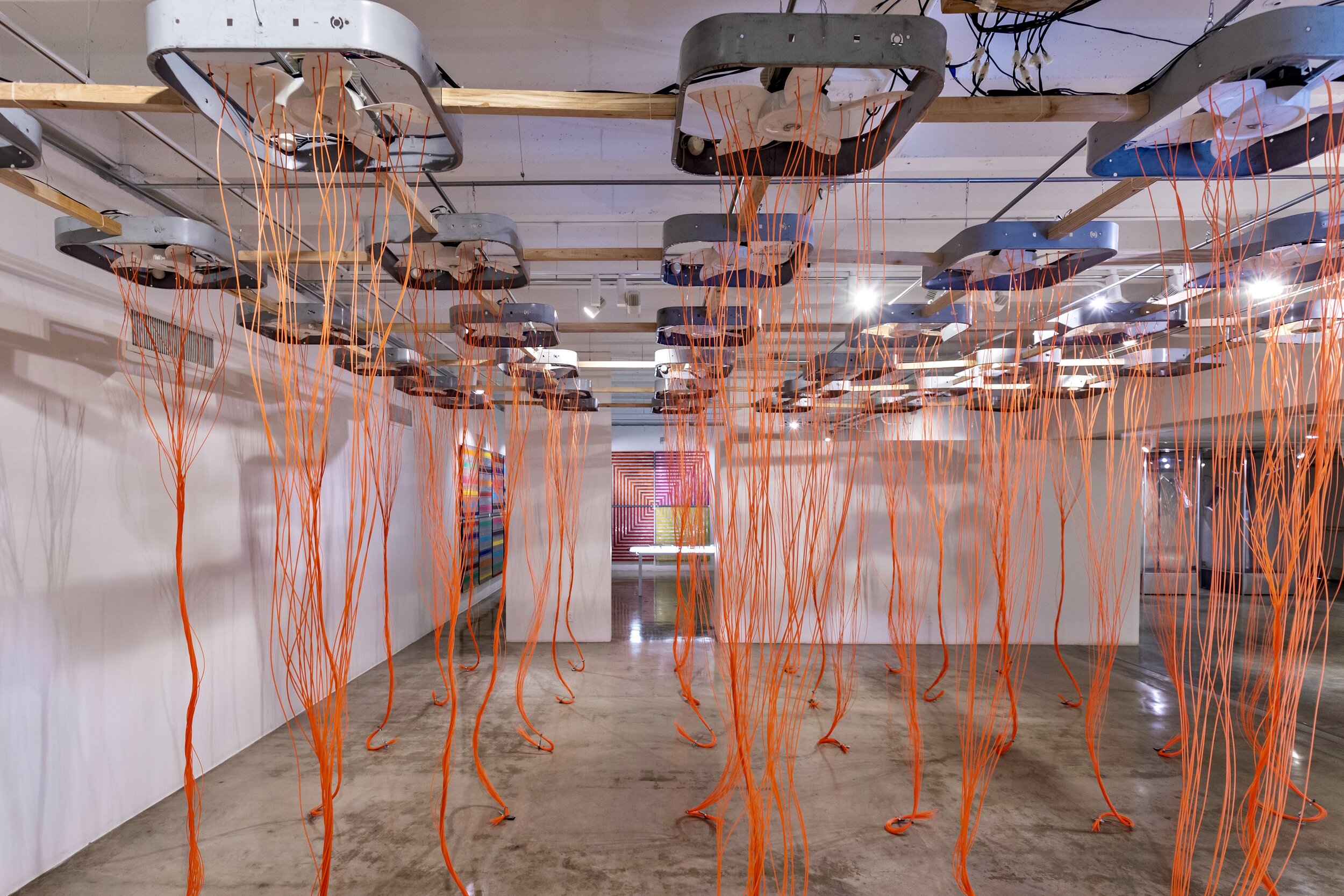
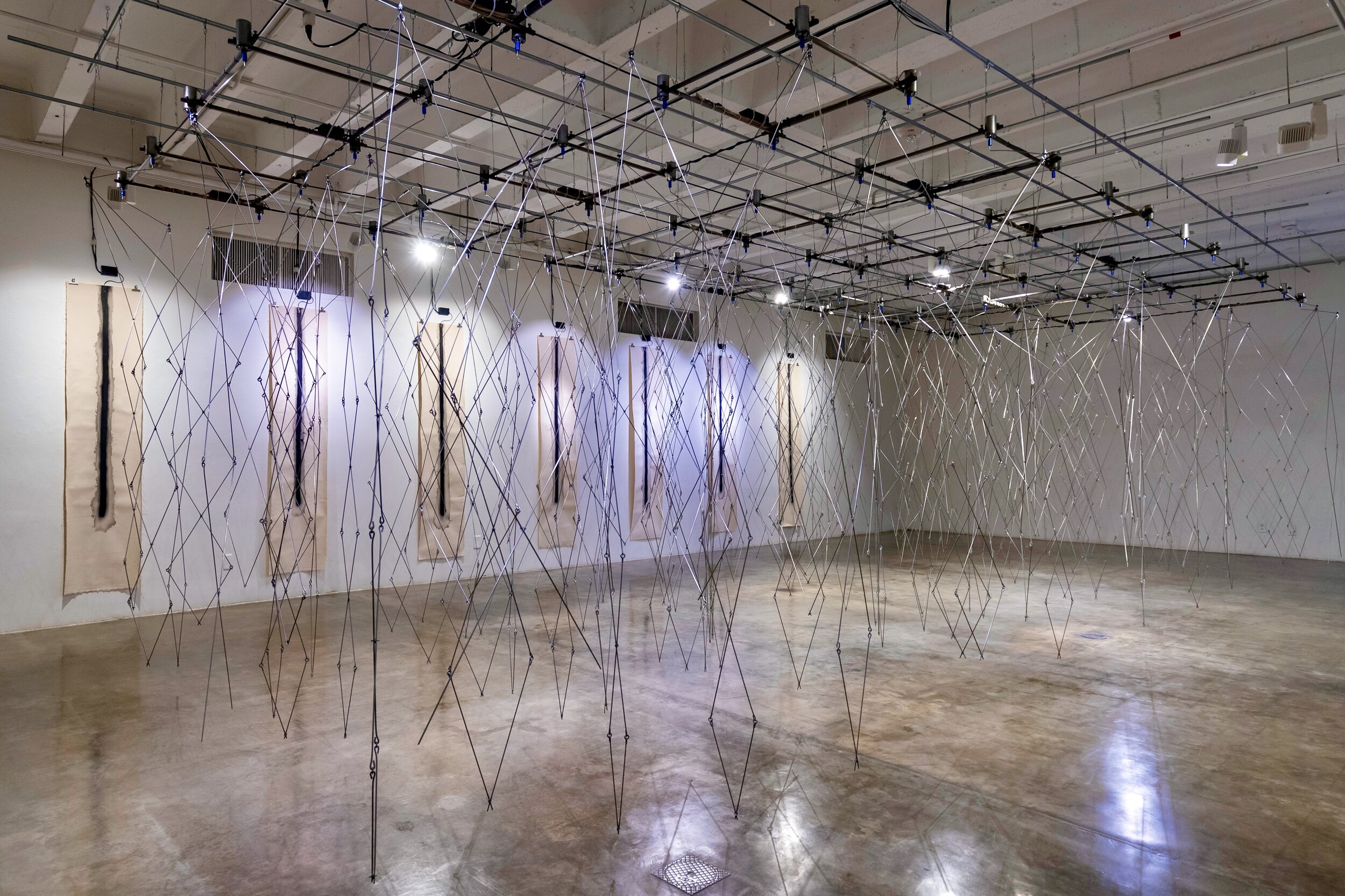
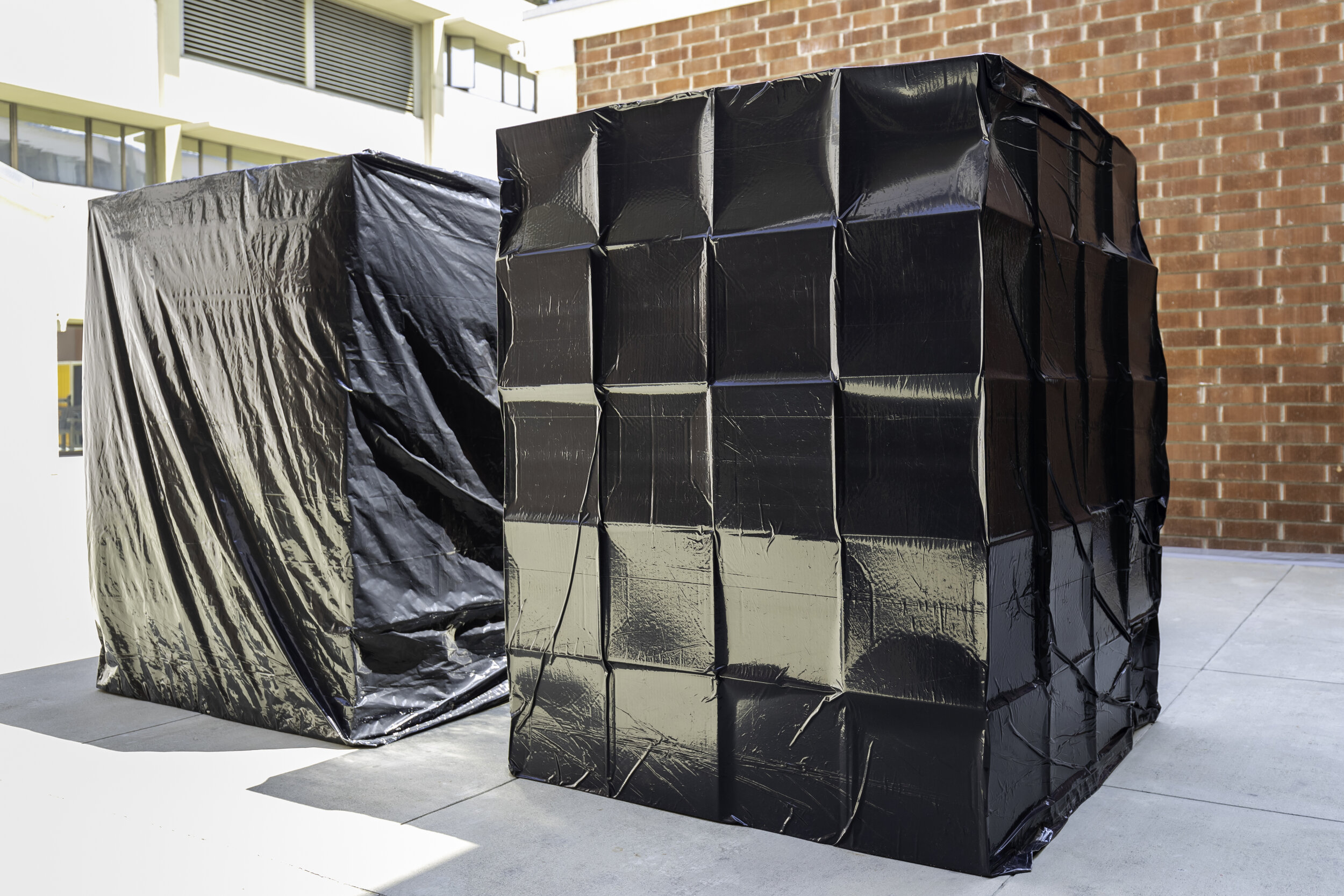
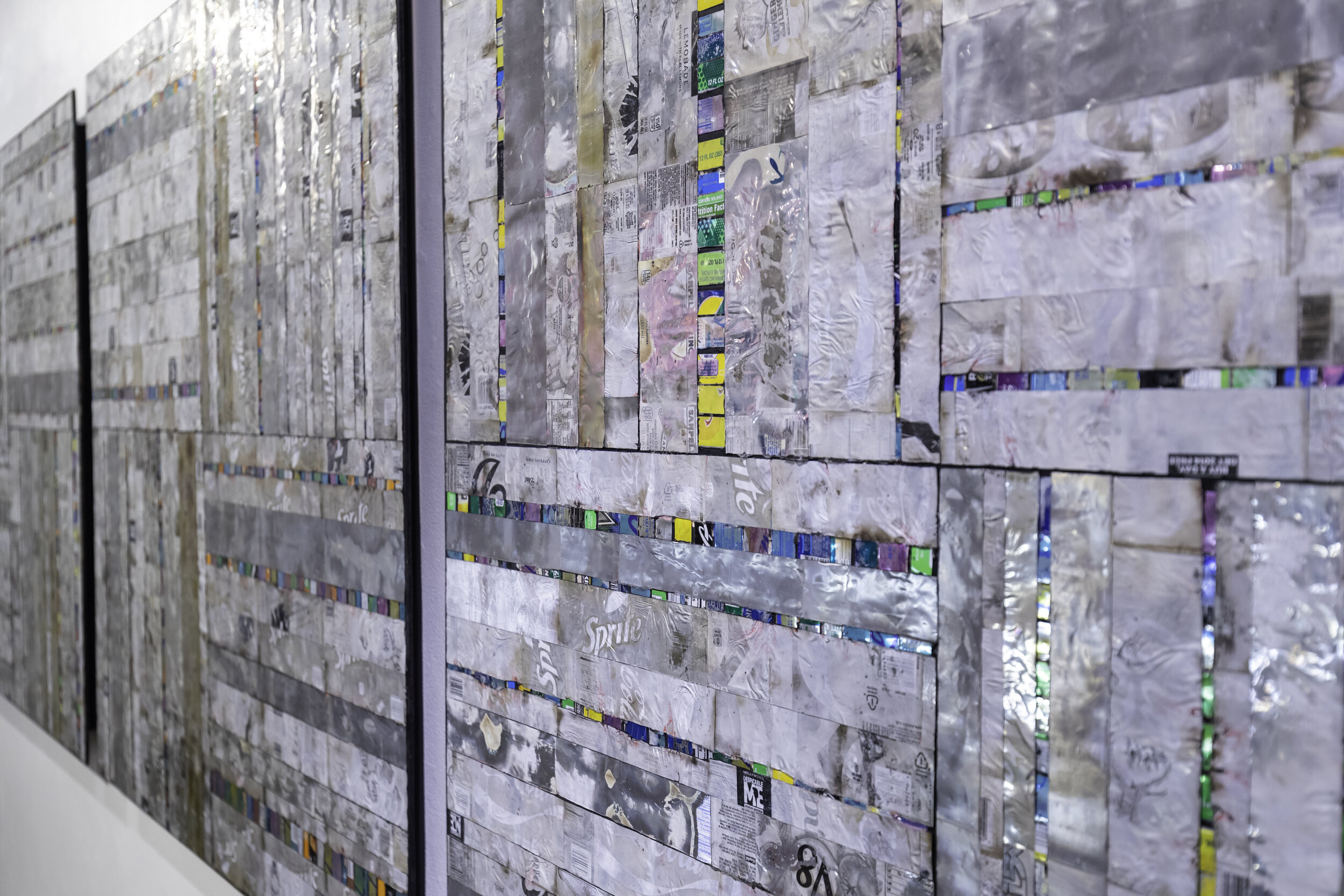

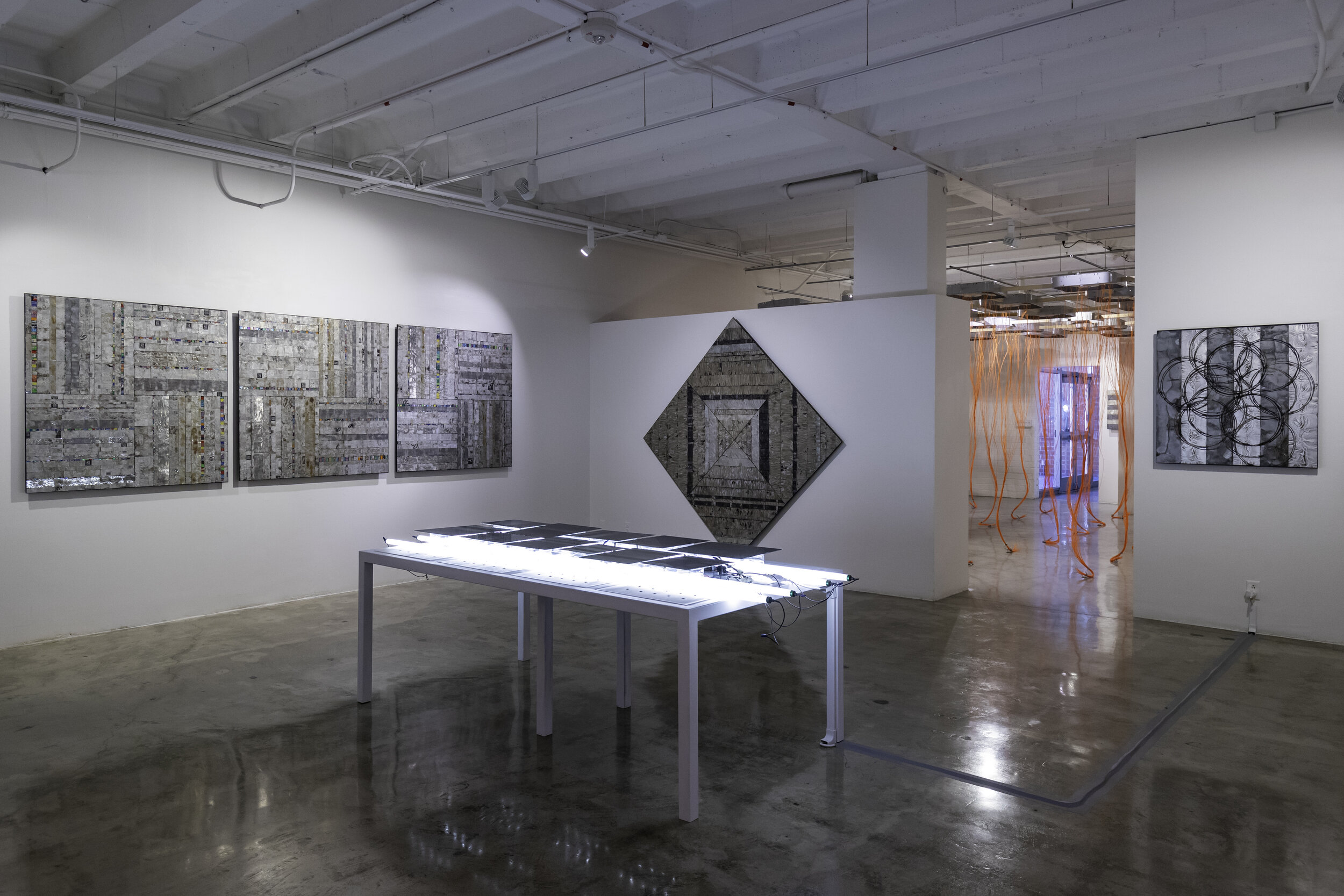
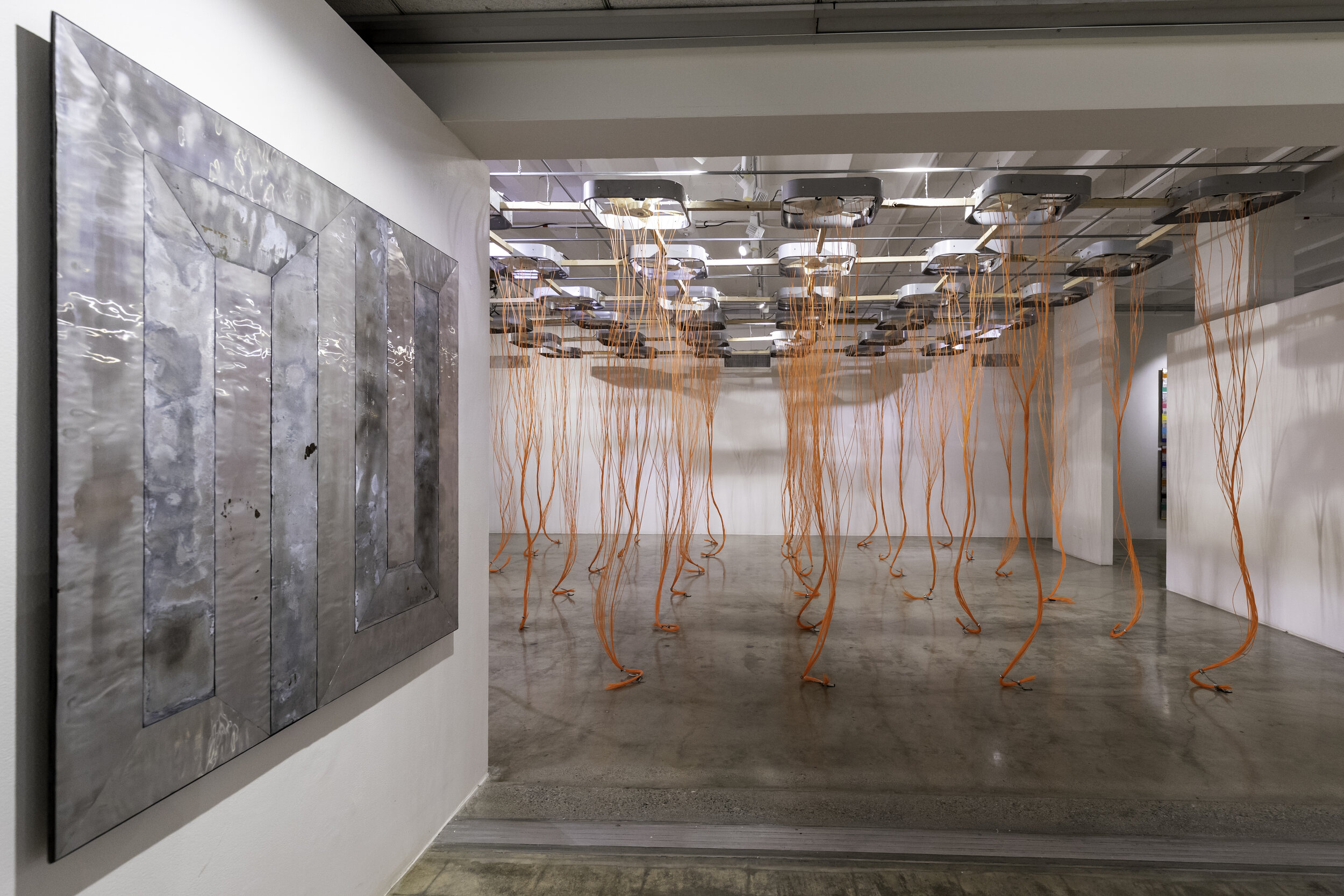
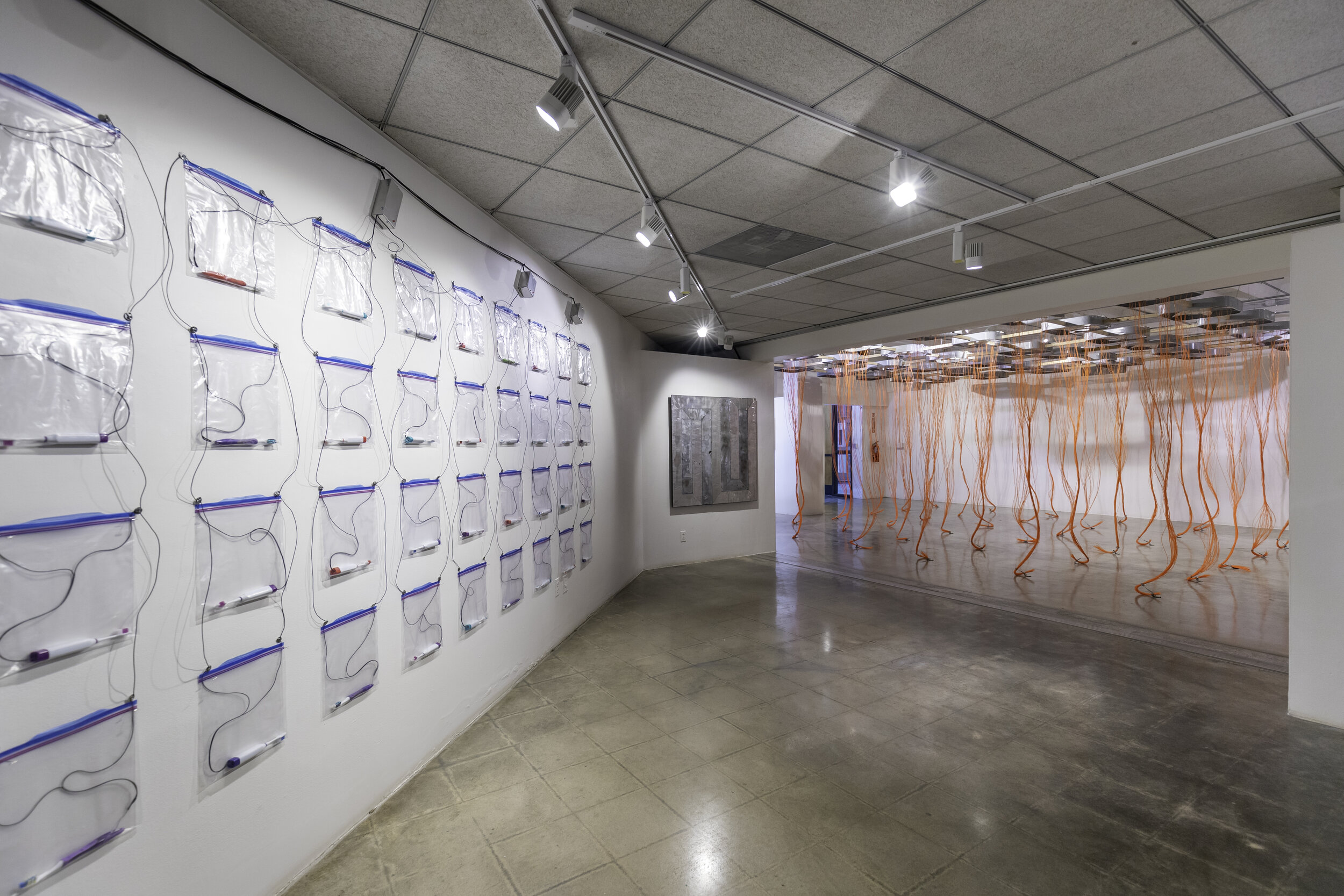
Introduction
The exhibition “REPLICATION,” the first KINETIC Art exhibition at California State University, Los Angeles’ Ronald H. Silverman Fine Arts Gallery, displays the work of the Korean American artist David B. Jang. The exhibition shares with students and general public the iconographically profound and highly creative facets of Jang’s art that addresses the significant issue of sustainability and global environmentalism. A few critics have seen Jang's work as a warning to us all regarding the urgency to preserve and sustain the health of this planet for future generations. Jang’s Kinetic artwork, created with recycled and found objects, addresses conservation.
This exhibition of Jang’s recent work are created during the COVID Pandemic (2020-2021) includes: Constructive Metabolic Rate; Analogue lmpulse; Elucidate; Force Bearing; Nature Position; Substantial; Compulsive Reproduction; My Beautiful Clouds. To ensure a continuum of his works the Gallery is also displaying a few earlier pieces by Mr. Jang, dating from 2014 to 2019. Among these earlier pieces are: Negative Occurrence; Black Lewdness; Prevaricate Extended; Deflecting Production and more.
- Mika M. Cho, Director of the Ronald H. Silverman Fine Arts Gallery
“REPLICATION”
How much truth is there in the things we see? The artistic object is the representation of how deceptive the perception of a body in space can be: we are talking about "variable perception" or even dilated perception. Art tells us that what we see is not true in an absolute sense but only in the meaning that we have given to it by comparison or in relation to personal experience or history.
The artistic representation of an event can draw its origins either from science or from human imagination. David Jang tries to make the two systems coincide in a product that lays the foundations in science and is then elaborated by imagination. He is a versatile artist who expresses his talent through diversified investigation with a very variegated artistic lexicon. The basis of his theory is that of the transformation of reality or of the object through the harnessing of energy and through the passage of time; but also, the accumulation of matter and the repetition of the movement of the object in the space as well as the interference of light on the object, are all elements used in his artistic creation that lead him towards a new generation of kinetic art.
Sometimes the transformation of the object in his artmaking suggests that it is a transformation of our perception of that object rather than of the matter itself: therefore, it would be a relationship of perception between the spectator and the artwork: this theorem is just one of the many used by Jang in his vocabulary. Jang interprets the artistic fact as a science applied or lent to art: he investigates the scientific fact and makes it rise to an artistic level using variegated tools such as light, colors and materials that intersect each other in a sort of stupefied epiphany of visual perception.
Emotion and discovery are the milestones of his artistic production linked to the visual perception of light and the object. The repetitiveness of the movement of Jang’s "chromatic / luminous mechanisms" creates an almost hypnotic state in the viewer due to the discovery of new ways of perceiving the object while waiting for what will happen next. This is rendered either through the movement of the object itself, or through the movement made by the viewer in front of the object, or through the interference of light and sound on that moving object. All this serves to create a variable and different perception compared to the normal one we usually have of a body in the space; sometimes a destabilizing, disorienting perception accompanied by a sense of estrangement.
A playful aspect of the viewer's relationship with the work is not excluded in Jang's kinetic art, and it is activated and realized when the two bodies (the one of the viewer and the body of the artwork) come in contact through motion. Doing this Jang reconnects his art to most of the historical kinetic art from Raphael Soto to Francois Morellet, to Julio Le Parc, to Francisco Sobrino, all artists who in addition to studying and challenging science, have created works that engage with the viewer a relationship of pleasure and play in a space sometimes dilated by the sensory perception of the spectator with respect to the object. This happens in two works by Raphael Soto: “Pénétrable BBL bleu”, 1999 and the one called “Pénétrable Jaune” visible at the LACMA Museum in Los Angeles.
But that's not all: Jang introduces the themes of "survival" and "replication" (and it is no coincidence that this is also the title of the exhibition) as central to his research; the theme of transformation of objects is resolved through compositions with materials of waste recycled through physical / chemical transformation processes, or through the projection of light onto the support, in order to provide the material with a modified reality: a new existence relied to a new way to perceive it.
The recycling operation of waste material refers to the first experiments of Italian Arte Povera of the 60s when artists such as Kounellis, Boetti, Merz, Pistoletto began to introduce a new way of making art also through the recycling of "poor" materials such as wood, glass, iron, rags and industrial waste; in Jang the materials are mostly drawn from electronics and are manipulated in order to modify their original "somatic" characteristics, as well as their function. Jang introduces the lexicon of "replication" but not that of “replicant" as the object is not limited to replicating itself in terms of function and matter but is subverted in its original function and modified in its material objectivity by new arrangements or the introduction of mechanical “activity” of the object totally unusual for it. A renewal that confers a new and further "birth" of the object: its re-birth in the world of things. Through this re-birth, the artist also modifies the temporality of the object in the space: the Time factor influences the attitude of the object that moves in space with repeated temporal cadence, rhythms and sounds that lead to a renewal and transformation of the life of the object. Therefore, Jang speaks of "survival" as replication, synchronism, control, regulation and movement: all milestones of an investigation that aims straight at an analysis of Time as a vital rhythm of transformation and change. In this way Jang leads to an overcoming of the life / death dichotomy which is resolved through a playful relationship of perceptive state between the viewer and the work of art: Jang with his art invites the viewer to play with him to experience new possibilities of perception and other ways of seeing the world of things. A perception that becomes variable and unstable; an instability of approach to the world of things that asks questions and does not always provide answers; a perception that opens up to the discovery of new worlds and ways of seeing what surrounds us and that constantly requires to pay attention to the details of things in our life path.
- Cynthia Penna, Curator of “REPLICATION”
ARTIST STATEMENT
My work is about survival, the tactics of survival, and the inevitable expiration of these tactics. Survival requires many things, beginning with the ability to harness transform, reproduce and maintain energy. This system requires continuous order, but energy inevitably expires. My art practice research into survival and extinction through chemical, biological, social, and engineering experiments in order to understand the world. This process can be viewed as “life tactic”.
All processes are event-based, but our sense of time is an emotional one, not something that can be made with a clock. It’s something that we feel. Any time we count something, we are counting the process of change. Death, feeling, suffering, our existence of the world: counting is a form of control and regulation. Just like our body, continuously progressing, which is life’s rhythm. In our attempts to change and redirect it, I believe we are time machines, and time is based on human memory, narrative life and identity. The world is not a collection of things, rather it is collection of a series of events: gaining and losing, making and disappearing. These are technological systems of production that behave randomly and opportunistically, just like the behavior of humans. My installation works are symbols of our compulsive desire to be connected all the time, and of our new internal struggle.
As a little boy the most amazing installation artworks I experienced were clouds. Matter exists in three forms solid, liquid, and gas. For clouds to form as water, vapor requires specific conditions that include the right temperature and gravity. Clouds pass to liquid rain or solid snow before falling back to earth is the absolute necessary condition for the survival of all the living organisms on this earth. An example that energy and matter cannot be destroyed, only transformed. My works engage in this reality by maintaining a constant state of harnessing one form of energy and transforming it into harnessing various forms of energy, such as kinetic, sound, light, which has the potential to particle to change its position. Overall, the components combine to become a complex structural drawing or composition, in process, whose final form is never realized.
- David B. Jang, Artist
